|
You're invited to be an Archaeologist for the Day at this year's K’ómoks Festival. Join us for a walking tour of the K’ómoks Fish Weirs along the river mouth along the foreshore at Comox Harbour from 11AM to 2PM on June 21, 2024.
A fish weir is a series of stakes set out in a pattern to trap fish. They are used in estuaries, rivers and streams to harvest the sea's bounty. Fish weirs are fences built to let water flow through and gently direct and guide fish to a place where they can be captured and harvested. It is a wonderfully efficient system that allows for the capture of this resource when the fish are at their most plentiful. After noticing the thousands of wood stakes in the intertidal zone along the shoreline, an intrigued archaeologist began to explore the site, count the stakes and make some heart pounding conclusions. Community Archaeologist Nancy Greene and her team mapped more than 13,600 Cedar and Fir tree stakes from an estimated 300 fish traps! The scale of the endeavor is awe-inspiring and so is the age. The weirs are a technology that dates back 1,300 years to the 8th century. When Nancy reached out to Elders from the K’ómoks Nation to share their knowledge of the stakes, she learned that some had been told by their grandparents the stakes were used as weirs. And for their age, the stakes are in remarkable shape. The preservation allowed the team to look closely at their design and notice subtle changes. The younger stakes were originally designed and placed to harvest the herring we see along the east coast of Vancouver Island in early Spring each year. Herring and herring roe are still harvested each year. Both are delicious and an excellent source of protein, Vitamin A & D, iron, zinc and other nutrients. You may have seen the frothy roe along the shores last month. It is gathered on cedar branches and eaten fresh, dried or rehydrated. Dried herring roe is especially tasty if you mix it with oil and salmonberry shoots. Outside of our enjoying them, herring are important to our ecosystems and feed the many animals we are blessed to call neighbours—and relatives! Up the coast in the Great Bear Rainforest, millions of birds and thousands and thousands of seals and sea lions gather to feast on them each year. They are joined by Humpback and Gray Whales in a frenzied all-you-can-eat herring buffet! The early fish traps on the beach were built to allow for the scooping up of herring from the water during a declining tide with baskets, dip nets, or using spears and long-handled rakes. Later, the traps were altered to take in the bounty of larger fish—chum, pink, coho, chinook and sockeye salmon. It would have been an epic system to have seen in use. Test your fish weir stake spotting skills as we celebrate National Indigenous Peoples Day on the longest day of the year. As you walk along, see how many of the fish weir stakes you can count. Are you up for the challenge? Can you count them all? We'll have a place for you to drop your name and contact number your count from the day. Your final total is based on an honours system. The highest count will win a prize. ARCHAEOLOGIST FOR THE DAY / FISH WEIRS ON THE FORESHORE 11AM - 2PM (Free Family-Friendly Event for the Community) You are welcome to come to 3535 Bayside Road, Comox to participate in the festival and this Archaeologist for the Day Workshop. There is no need to register. Plants and animals have many names in many languages. During the tour, we will share resources to name some of the living species you will see along the shoreline in both Coast Salish and Kwak'wala. Low Tide is Noon. Dress for the weather and know that the rocks can be slippery! For any cuts, bangs or bruises, know that we have trained First Aid attendants onsite. This is a family-friendly festival and experiential workshop. School groups are welcome with accompanying supervision. This program is from 11AM - 2PM. Before, after or instead of this program, you can join in the fun at various Children and Youth Workshops under the Tents on the festival grounds. These run continuously from 11AM - 6PM. Stroll up, join in and enjoy the day! Comments are closed.
|
NUSANusa is the Kwak'wala word for sharing a myth, story or legend. Here we will share about the many stories of those coming together for our annual celebration of National Indigenous Peoples Day each June 21st 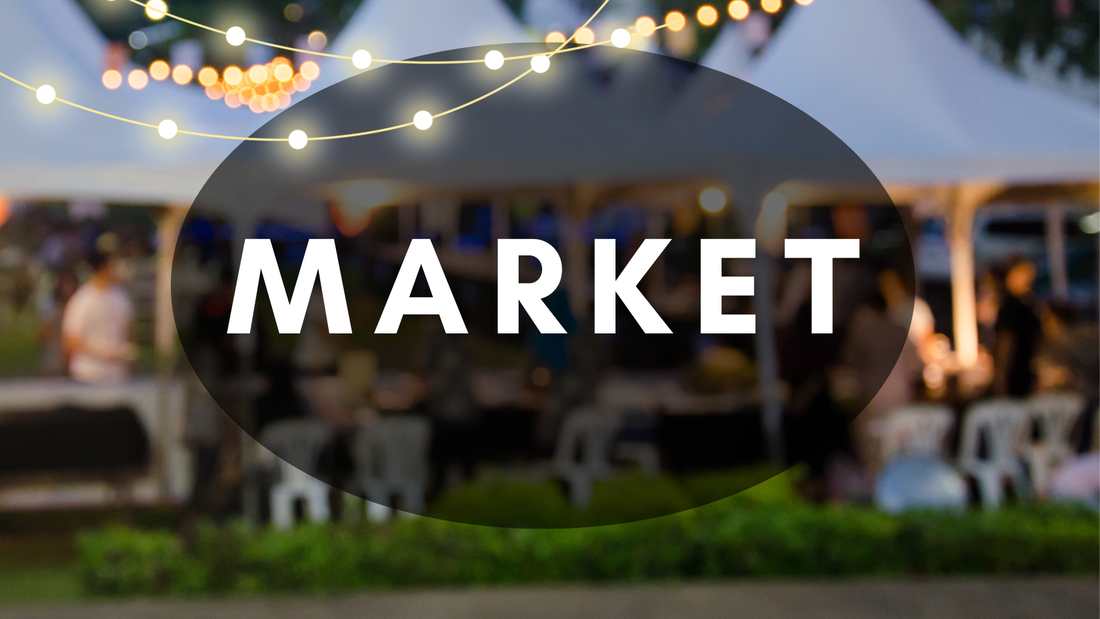
EXPLORE & SHOP THE HASE' MARKET
FIRST NATION MASKS, PHOTOGRAPHY, CARDS, TIE-DYED CLOTHING, HANDMADE POTTERY, JEWELRY, UP-CYCLED CLOTHING, UP-CYCLED JEWELRY, INDIGENOUS ART PRINTS, FIRST NATIONS ORIGINAL ART, PHOTOGRAPHY, SHAWLS, T-SHIRTS, TANK TOPS, INDIGENOUS EARRINGS, BRACELETS, LEATHER EARRINGS, STERLING PENDANTS & NECKLACES, NATURAL LOTIONS, LIP BALMS, BODY BUTTER, NATIVE PLANT SEEDS, TRADITIONAL MEDICINE PRODUCTS, BAGS, SCARVES, GIFTS, CARDS, DELICIOUS FOODS—SMOKED SALMON, SEAFOOD CHOWDER, SOCKEYE, FRIED BREAD, BANNOCK, HOT SAUCE, FRESH FRUIT & VEGGIES, DARK CHOCOLATE CARAMEL APPLES, CARAMEL POPCORN, CHOCOLATE GRIZZLY PAWS, FUDGE, MINI-DONUTS—ALL MADE WITH LOVE! SO MANY CHOICES! WHAT'S ON YOUR LIST? Art GalleryMagnificent First Nation Carvings, Masks, Boxes, Blankets, Regalia, Headdresses, Aprons, Rattles, Whistles, Paintings & Bowls
Legends of the MasksTum Tum Threads
Conscious designs handmade by Zapotec in Oaxaca and Kwakwaka'wakw from the Great Bear Rainforest DUCHESS BANNOCK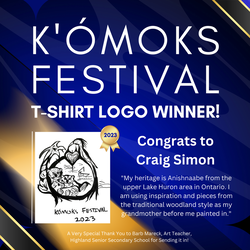
2023 LOGO WINNER
Artist Craig Simon
Archives
February 2025
|
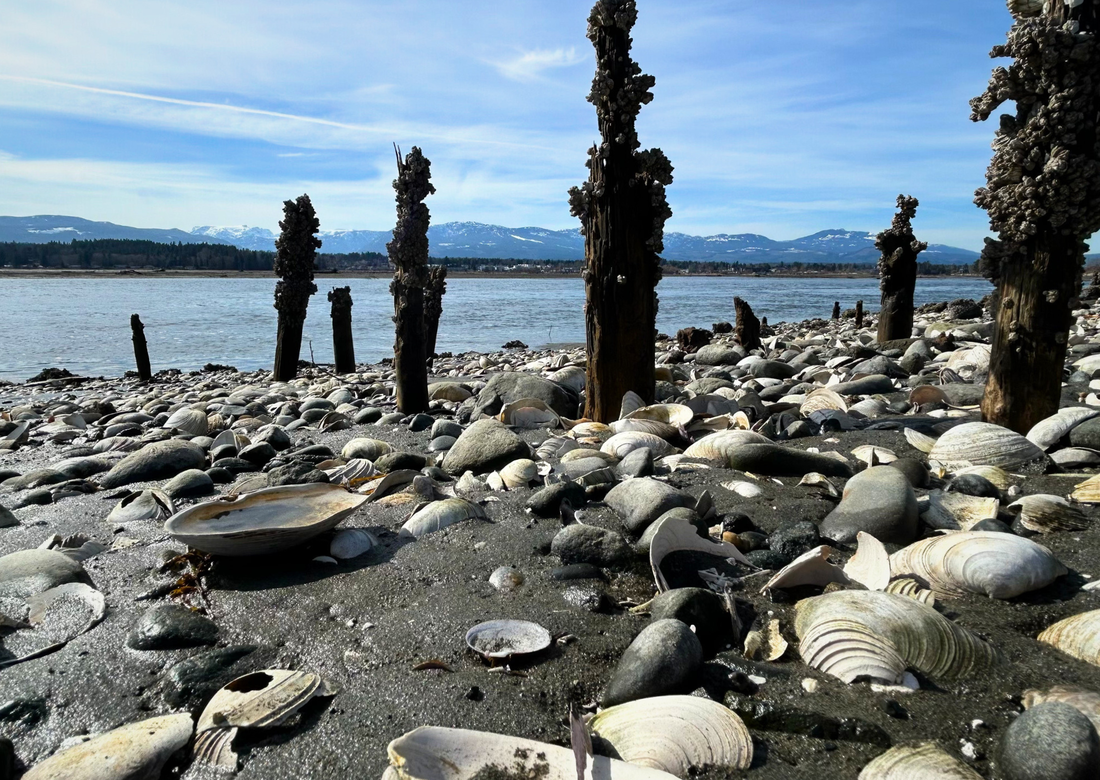
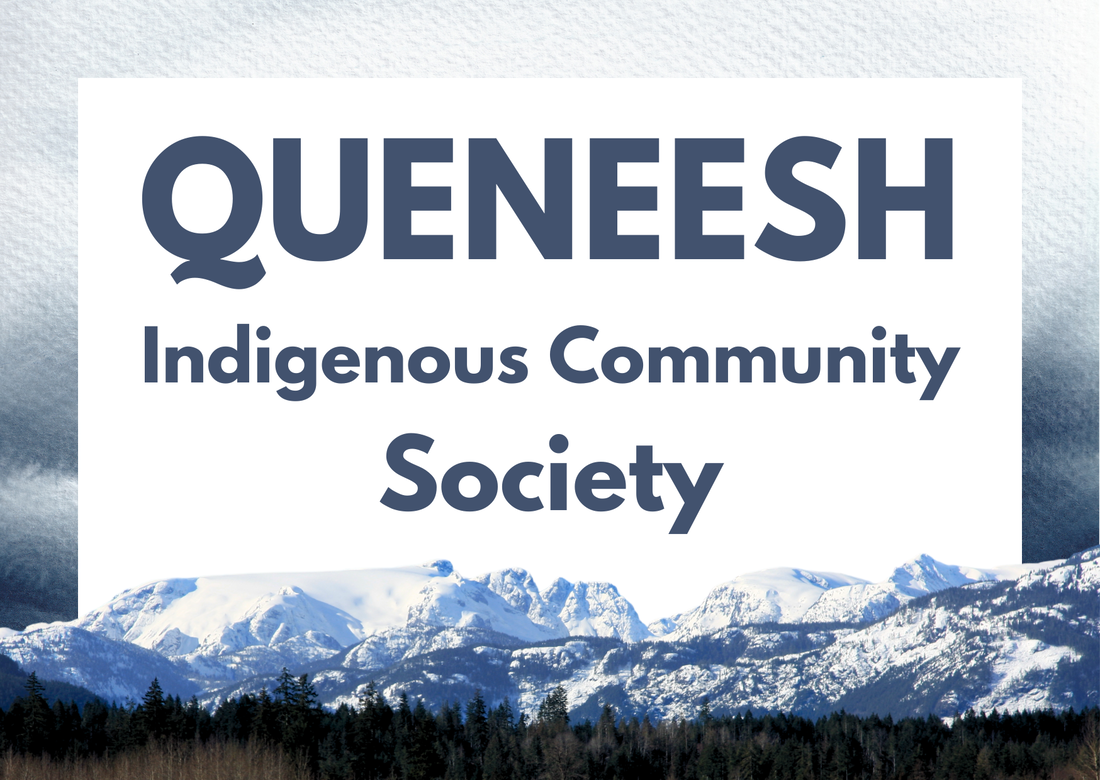
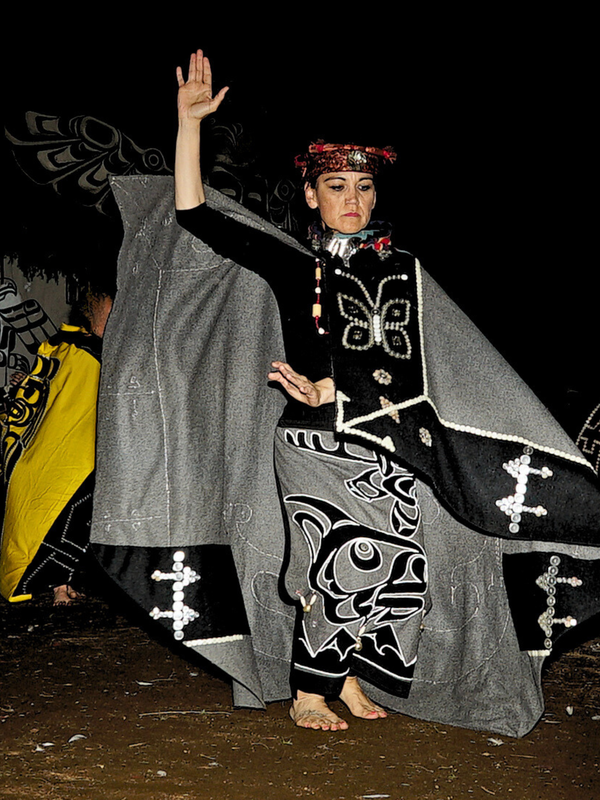
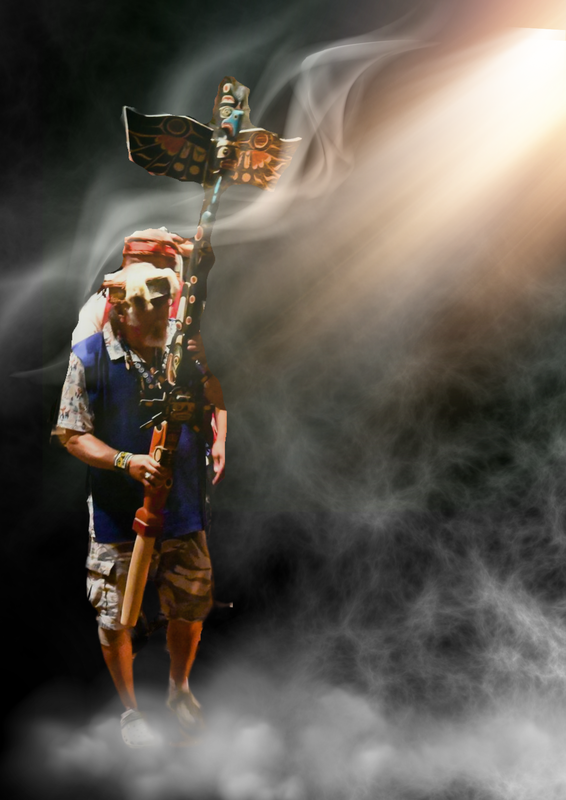
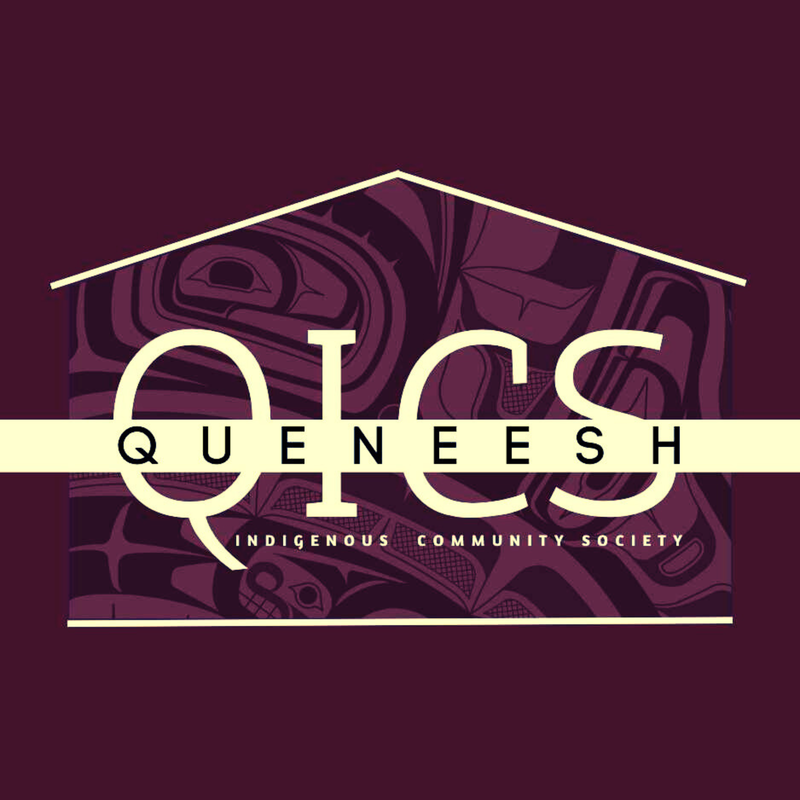
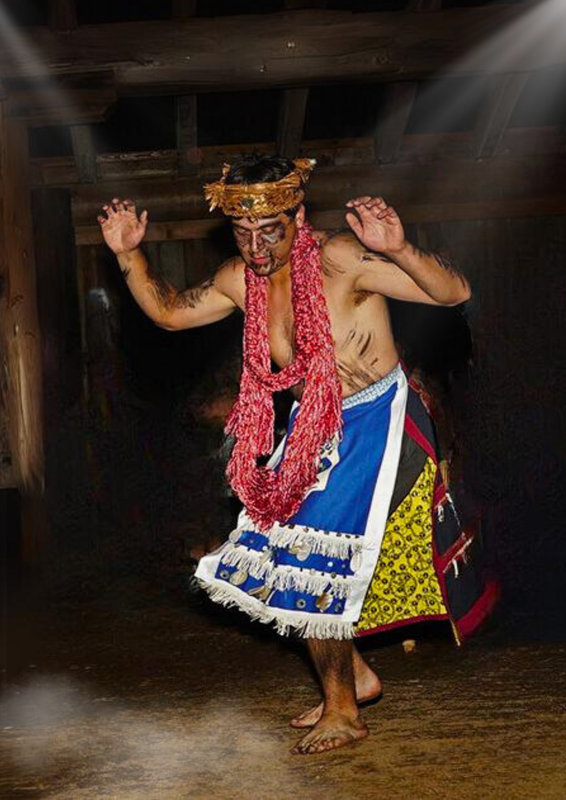
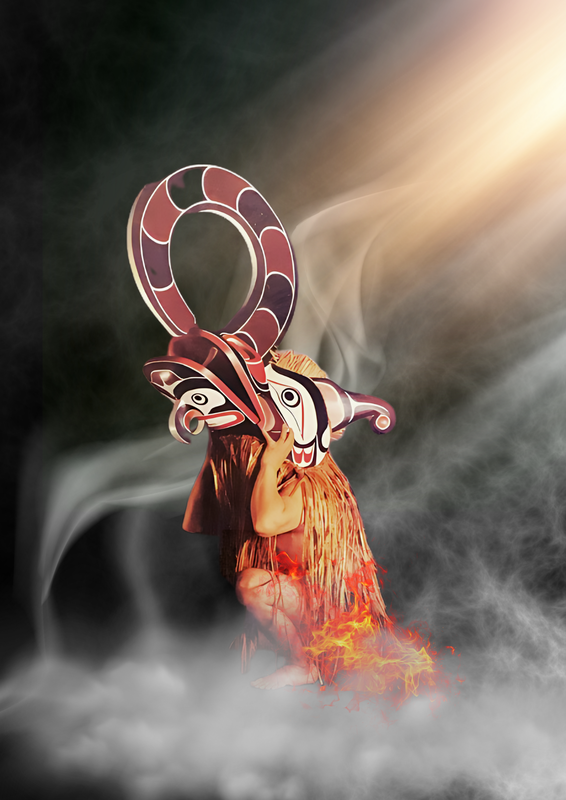
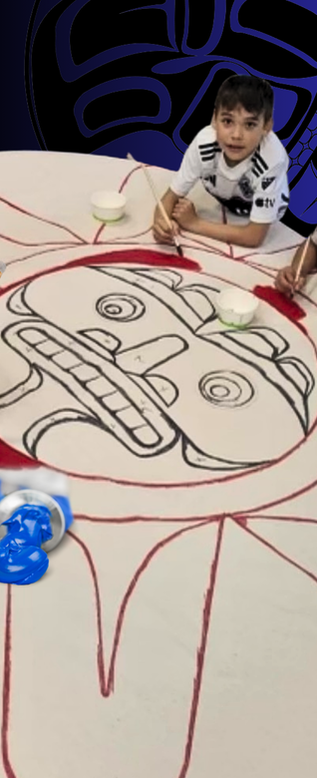
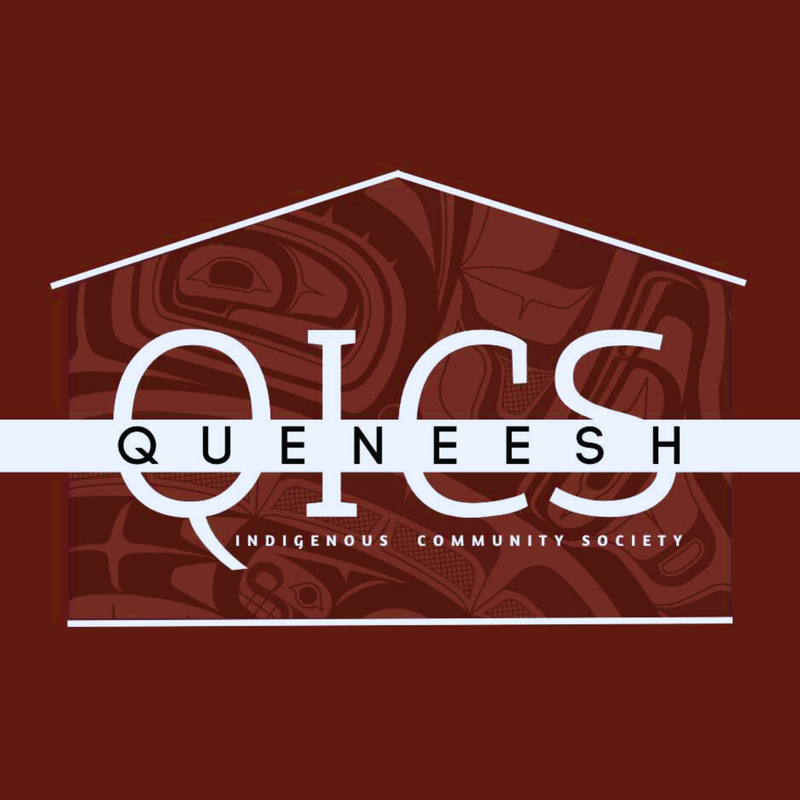



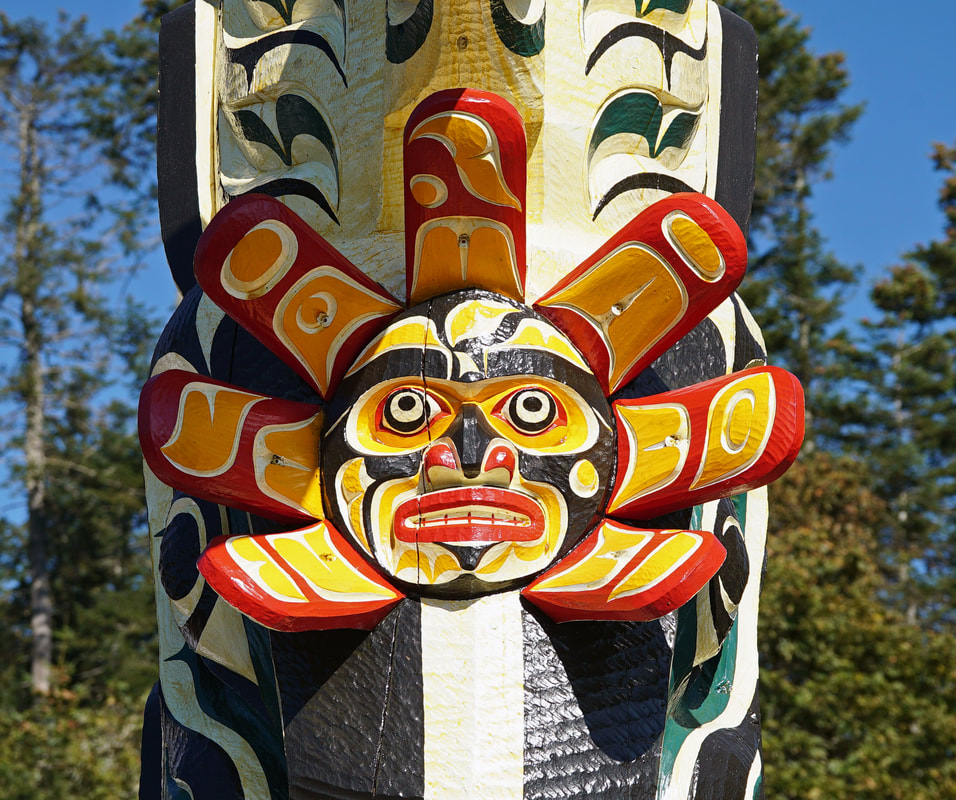





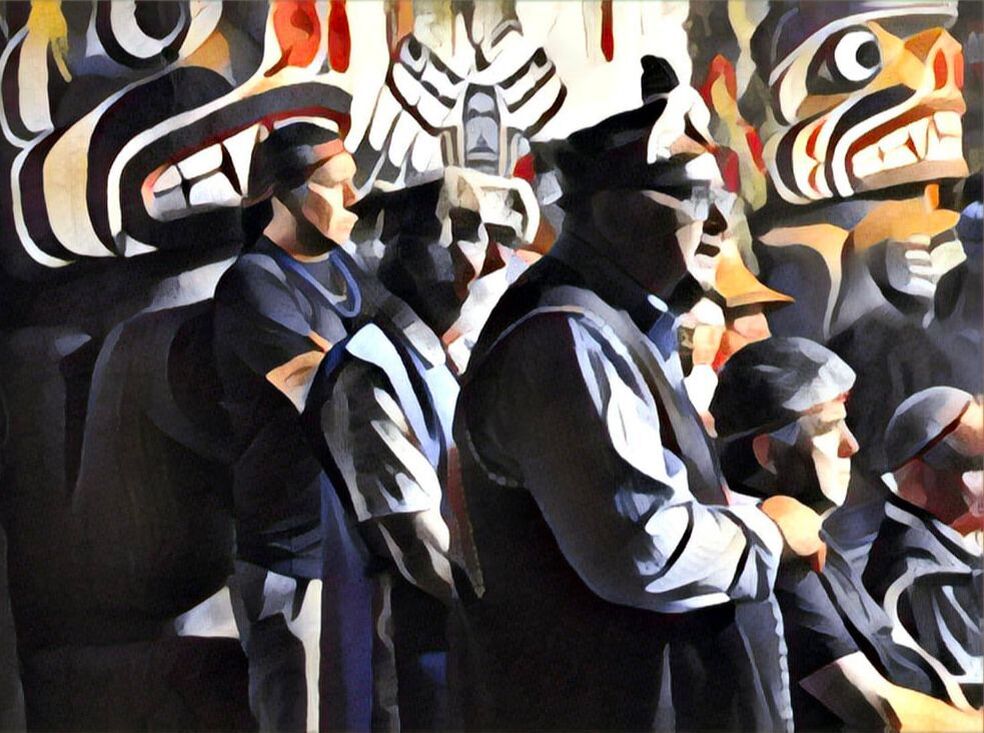
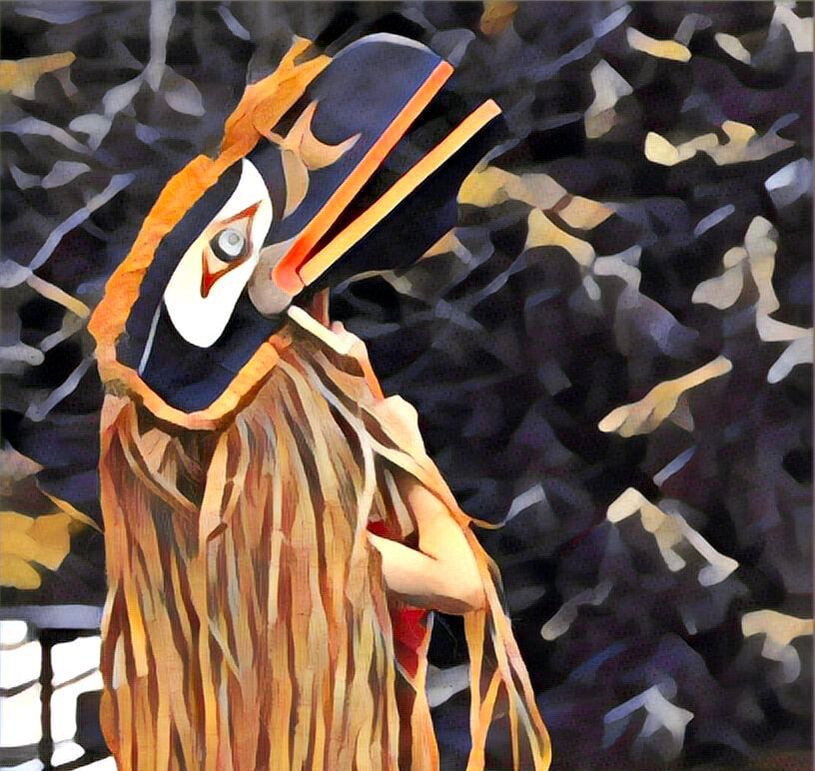
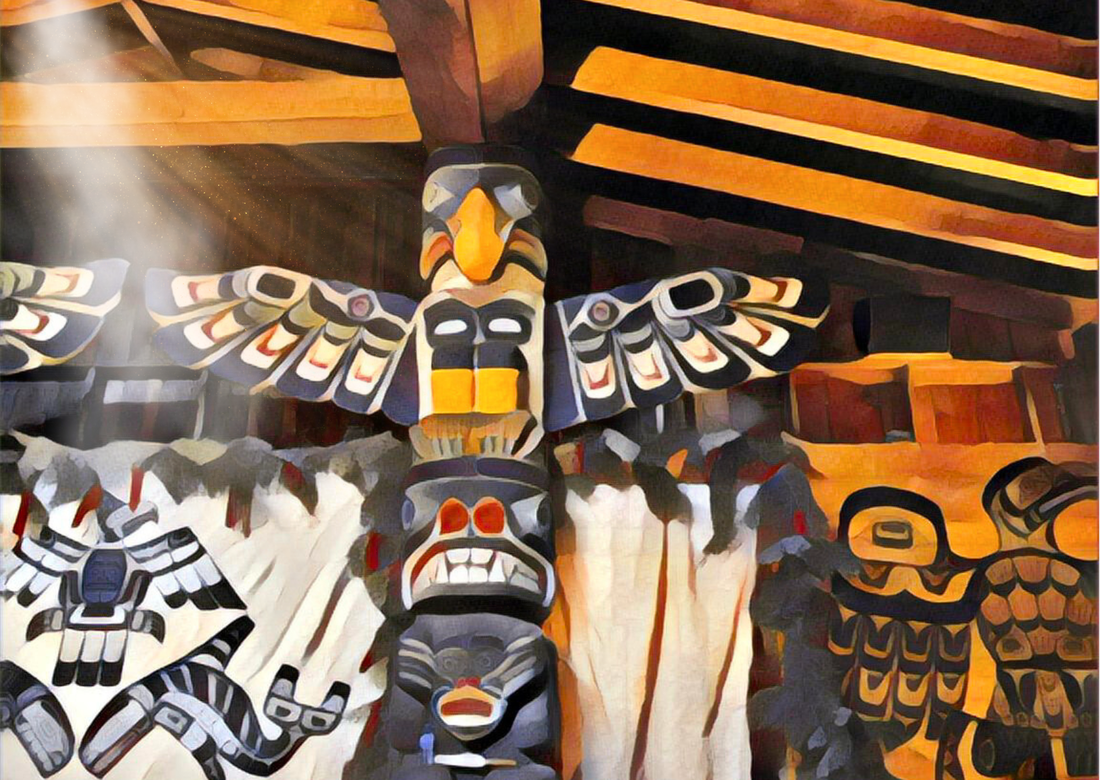

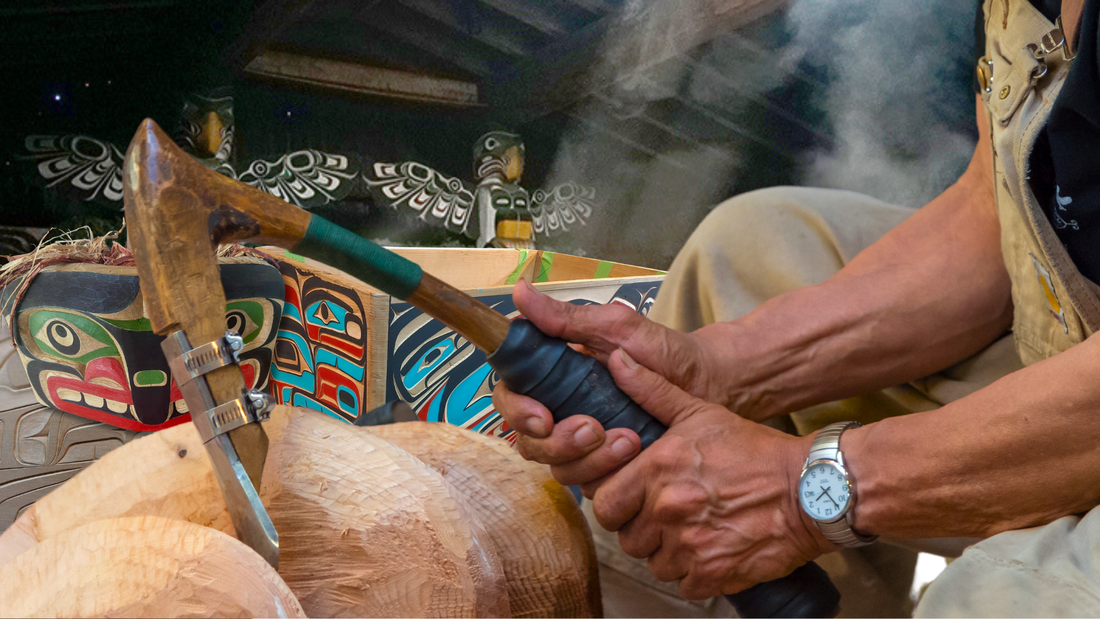
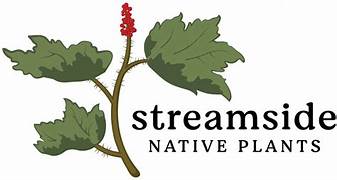
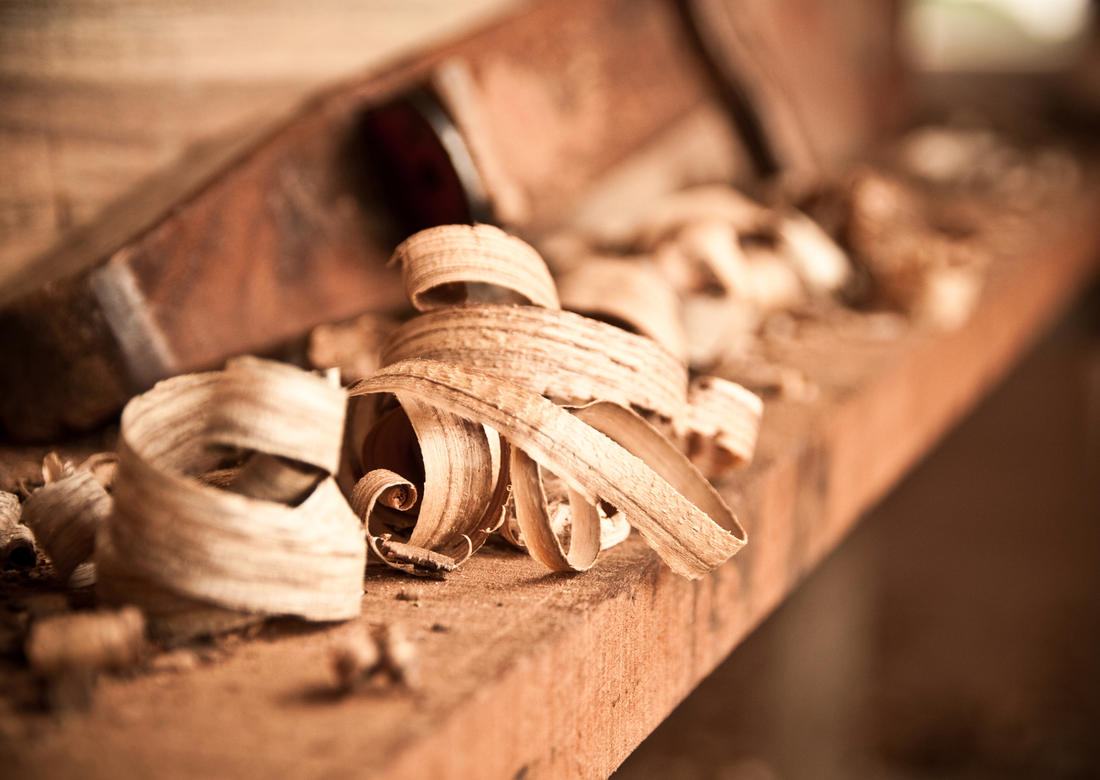

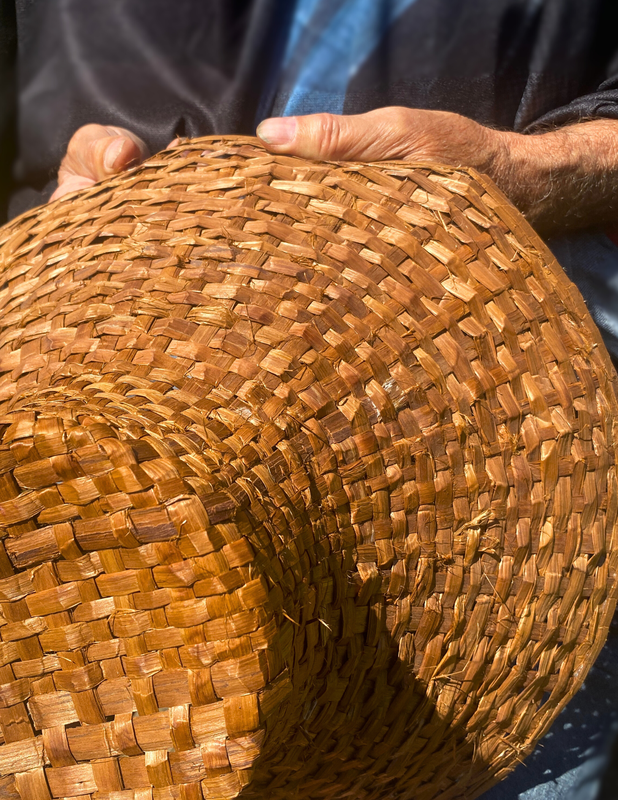
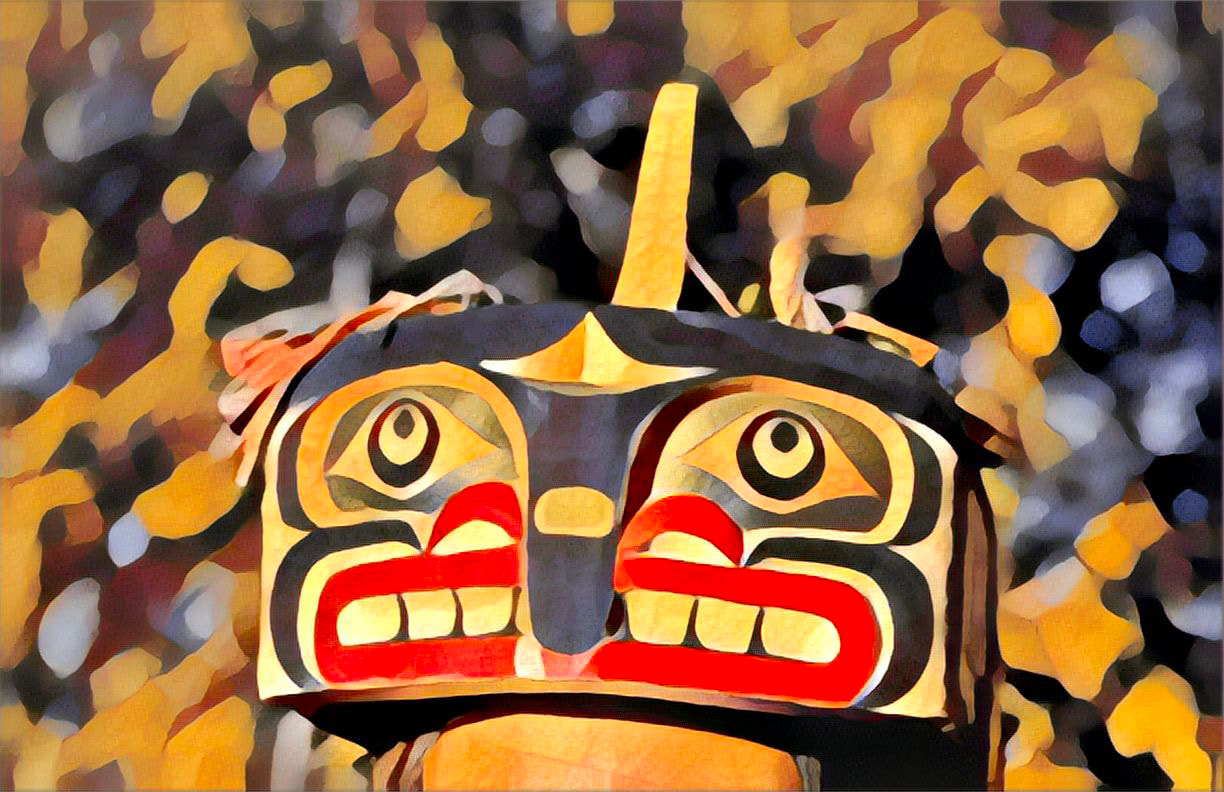
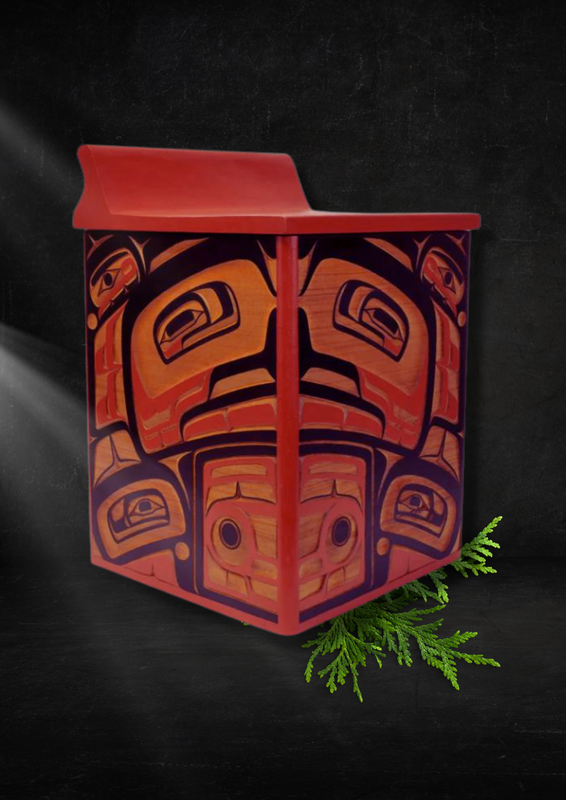
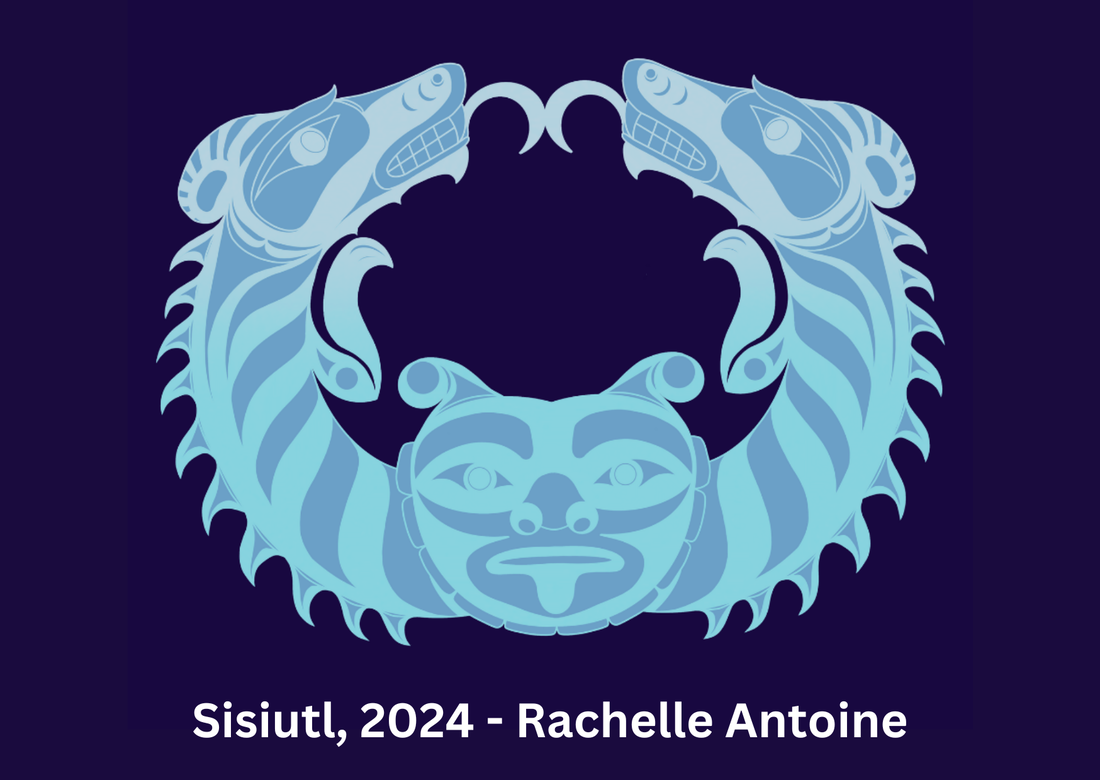

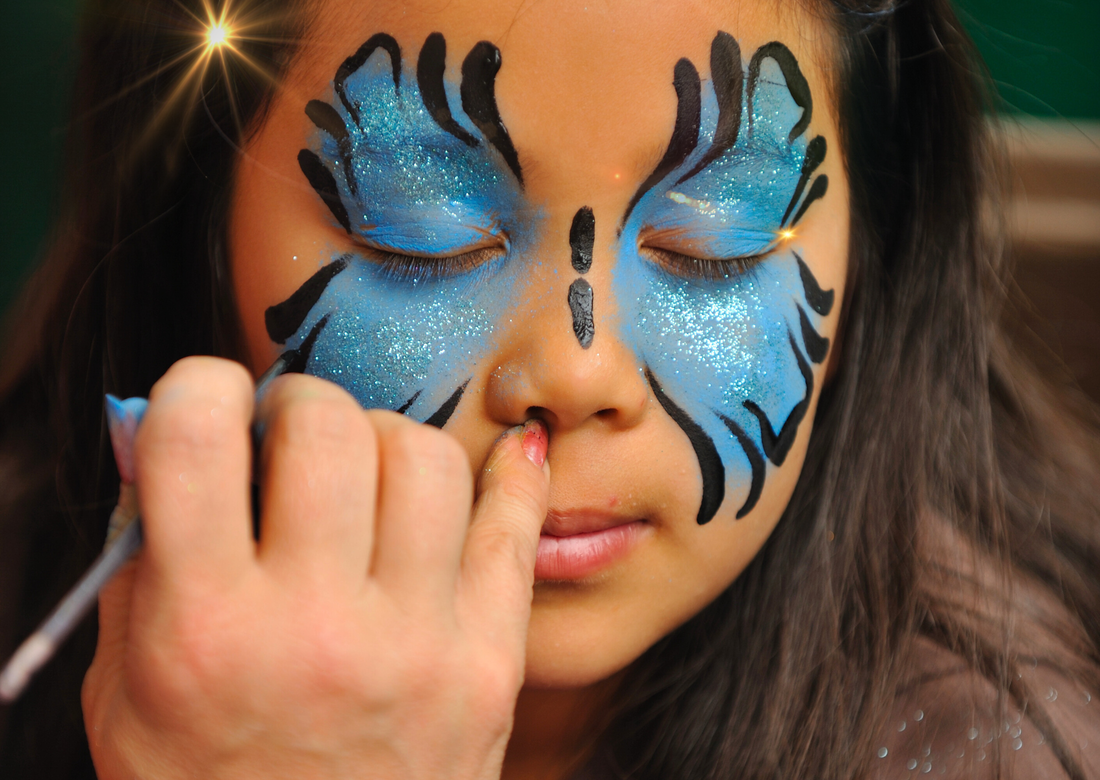
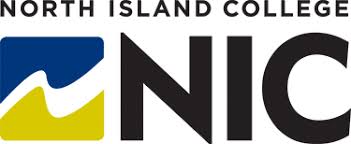
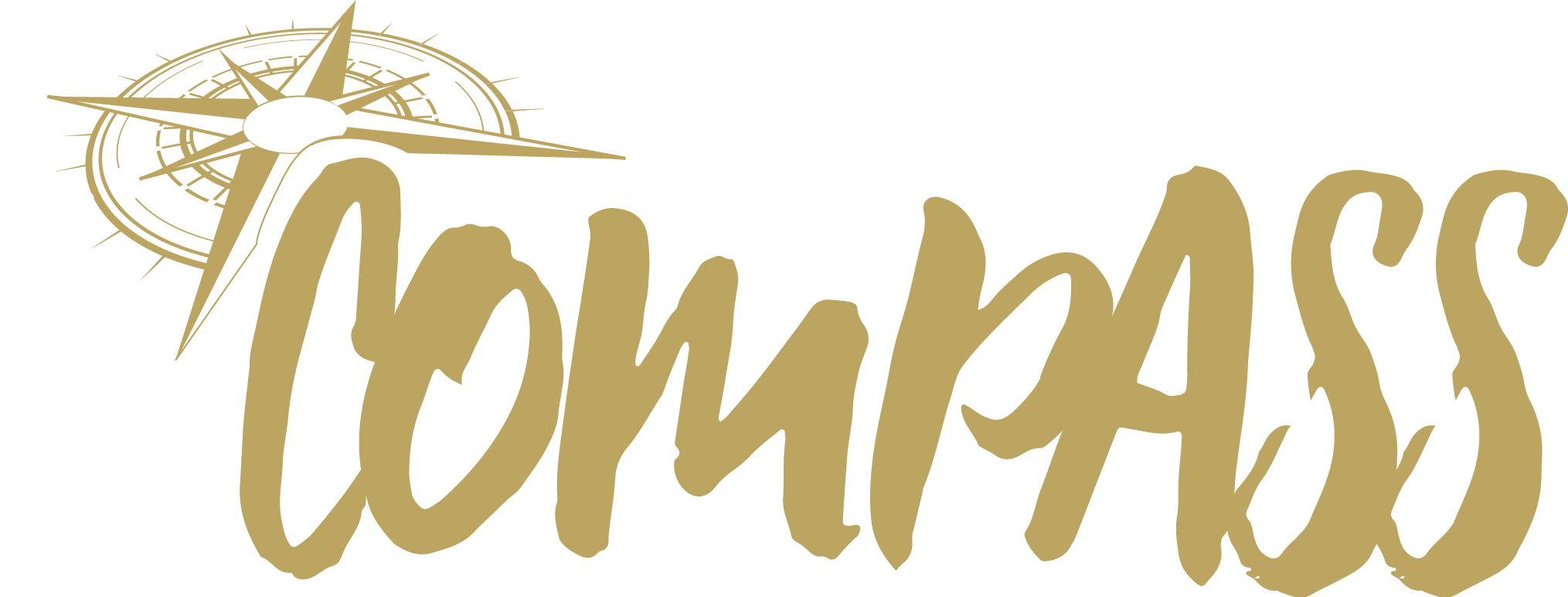

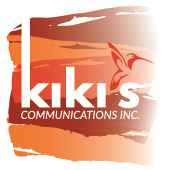

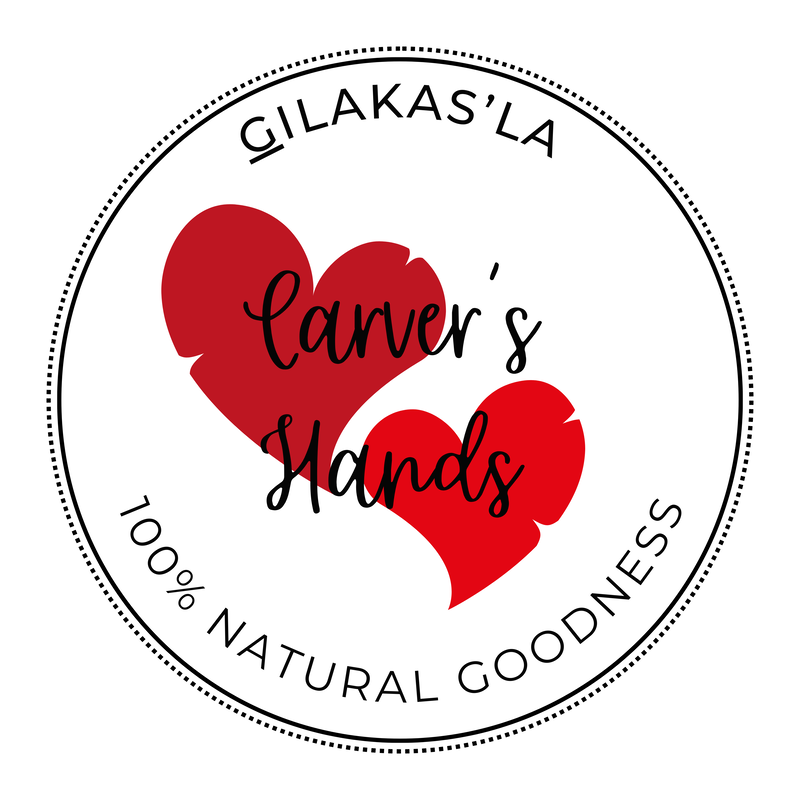
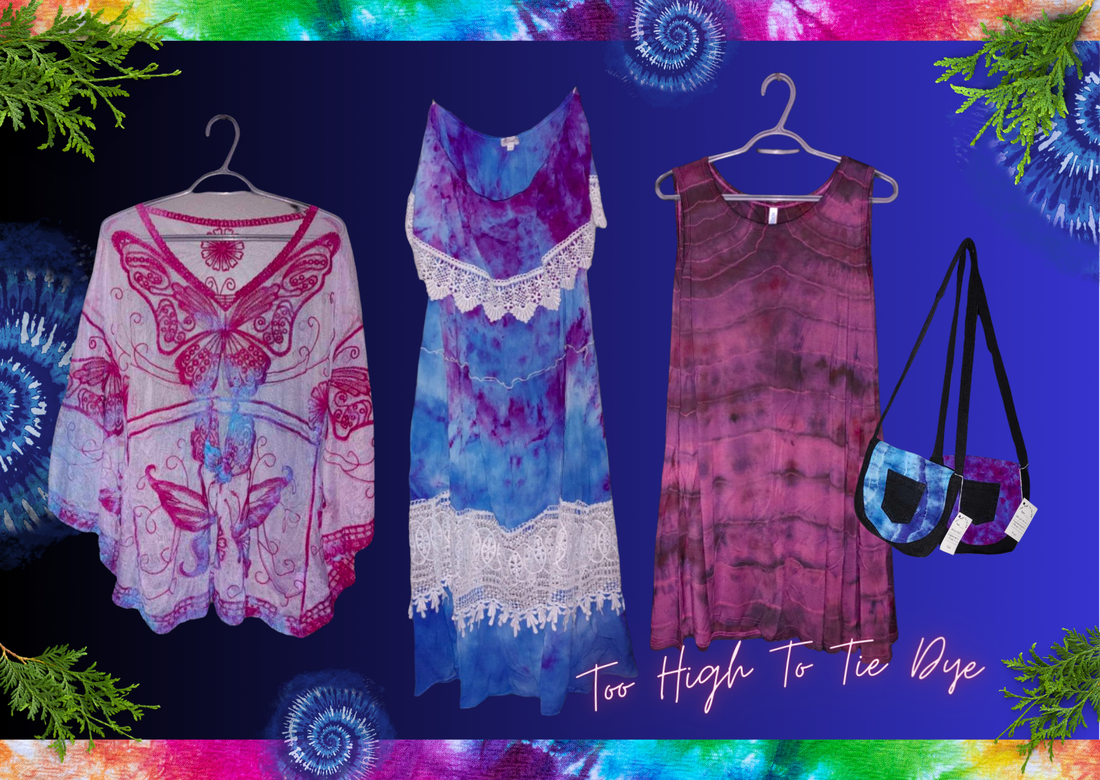
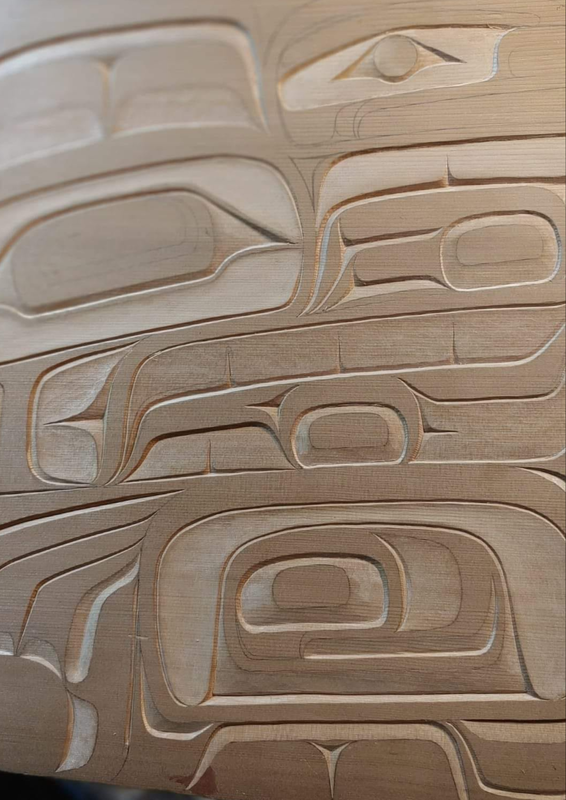
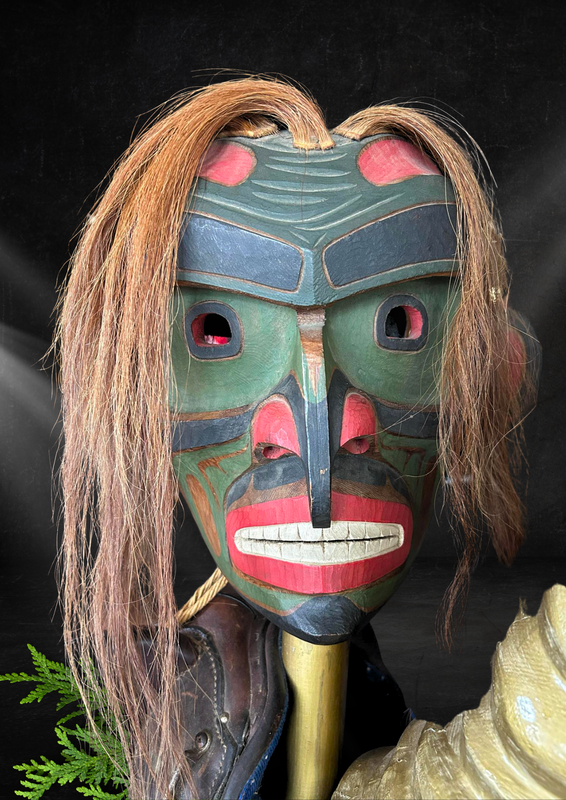
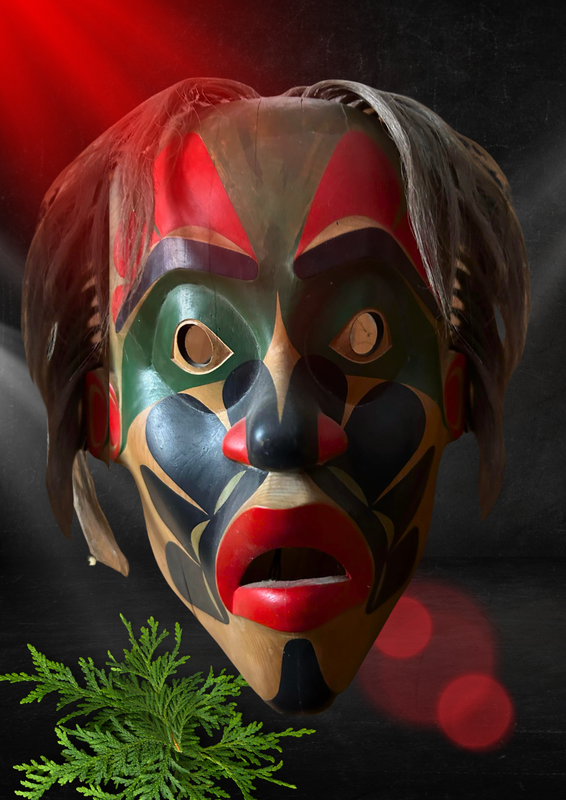
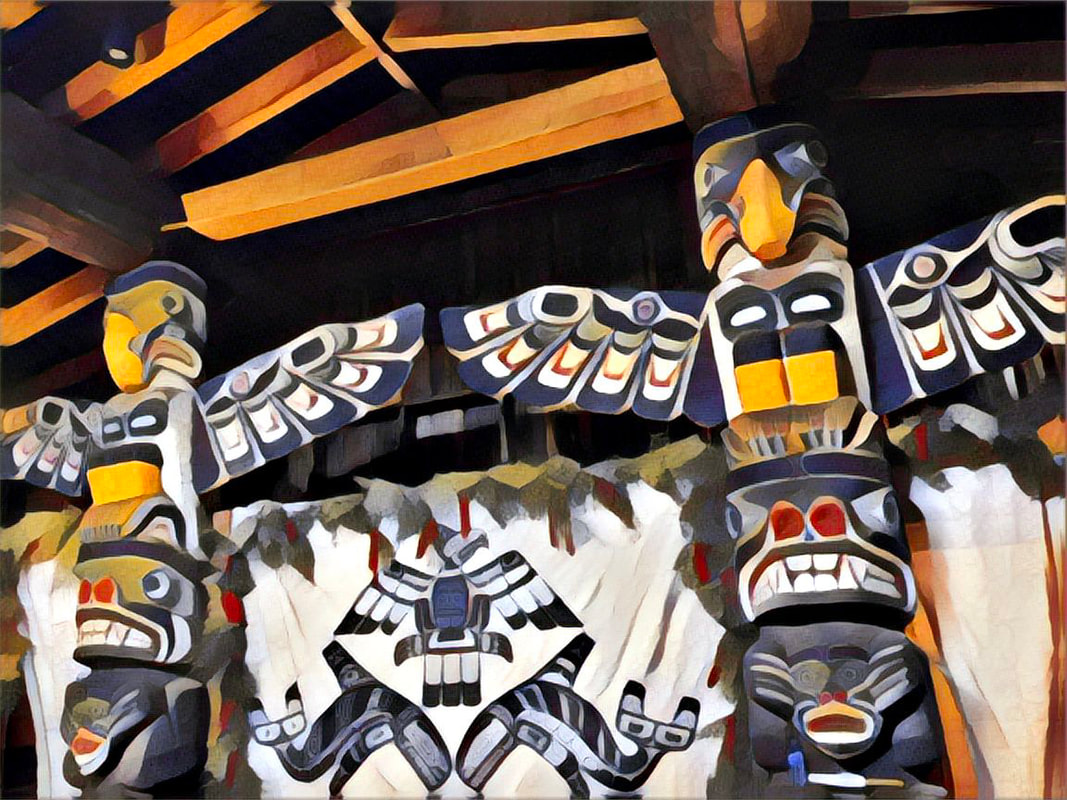

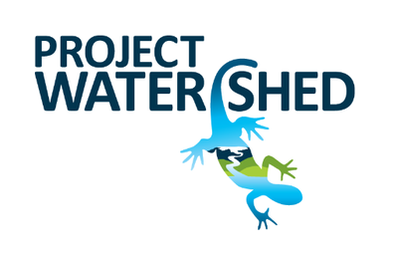
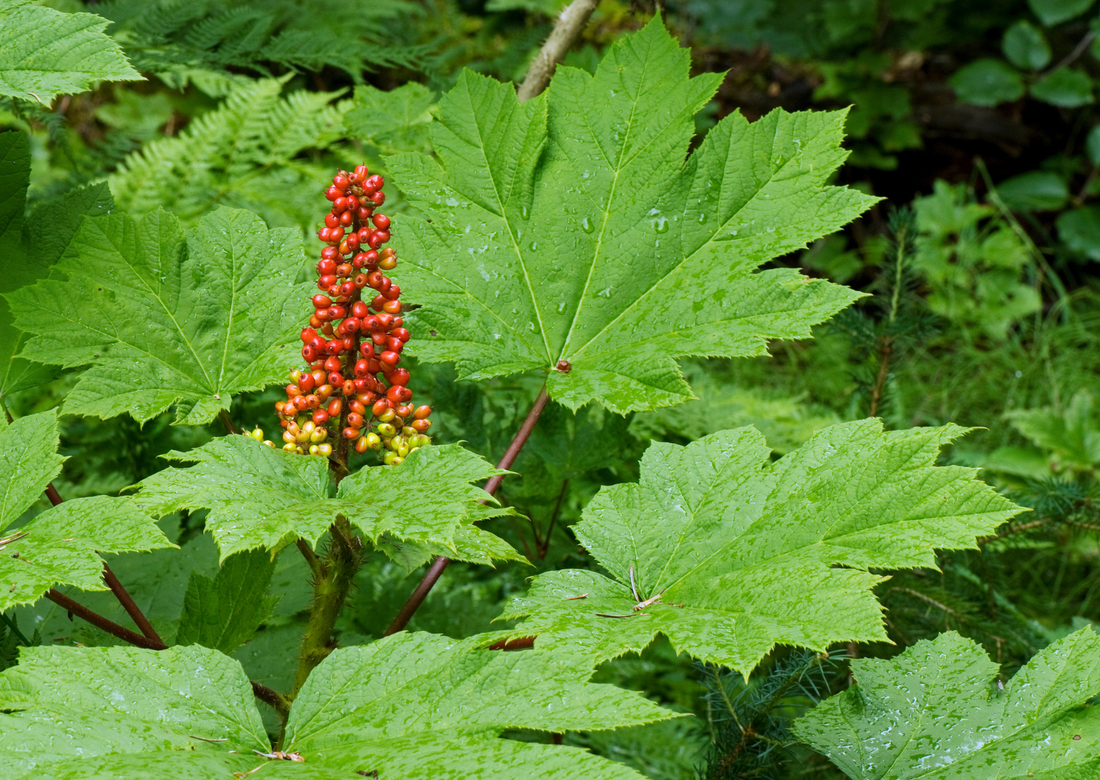
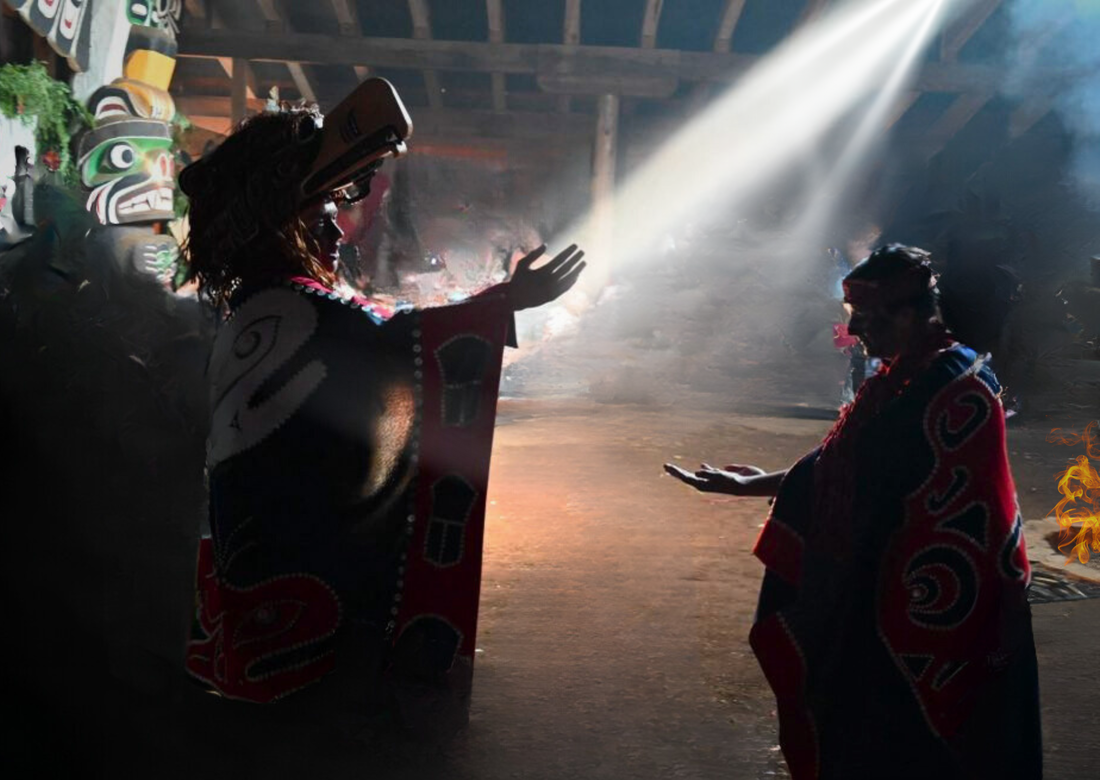
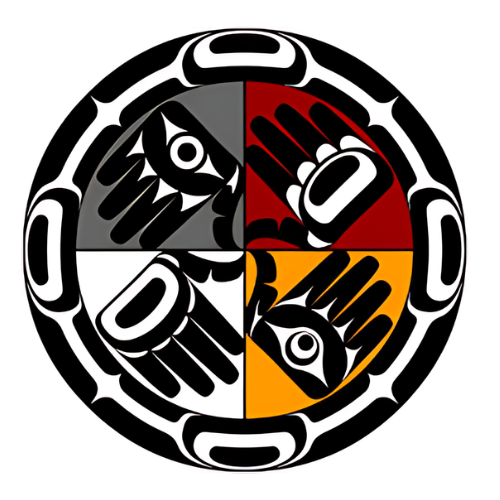
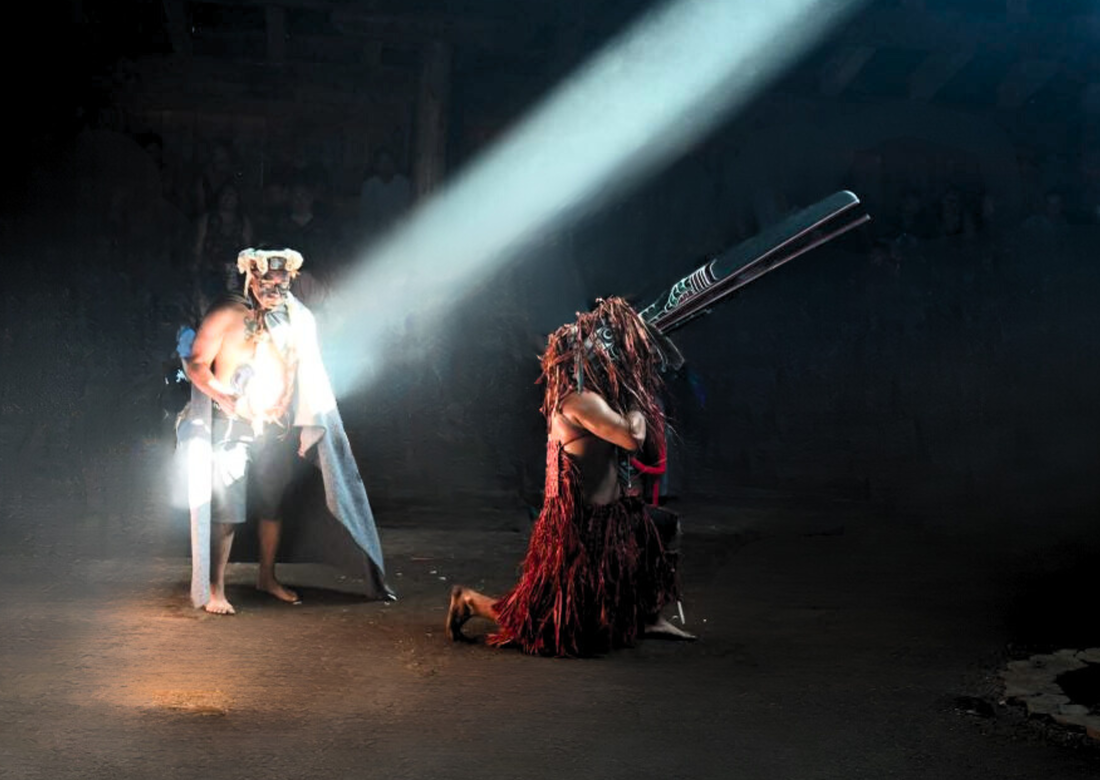
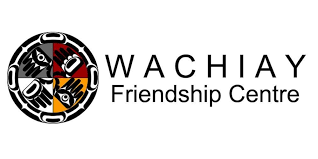
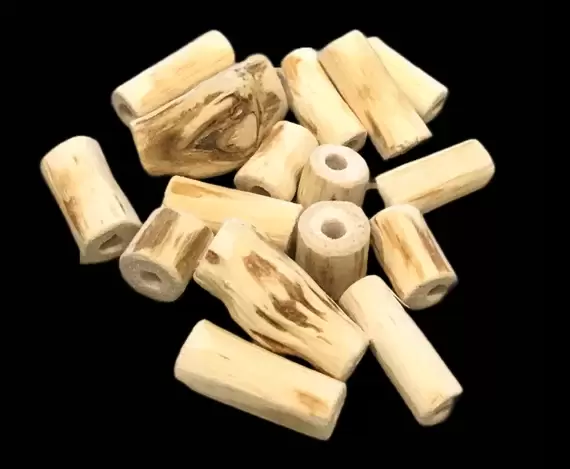

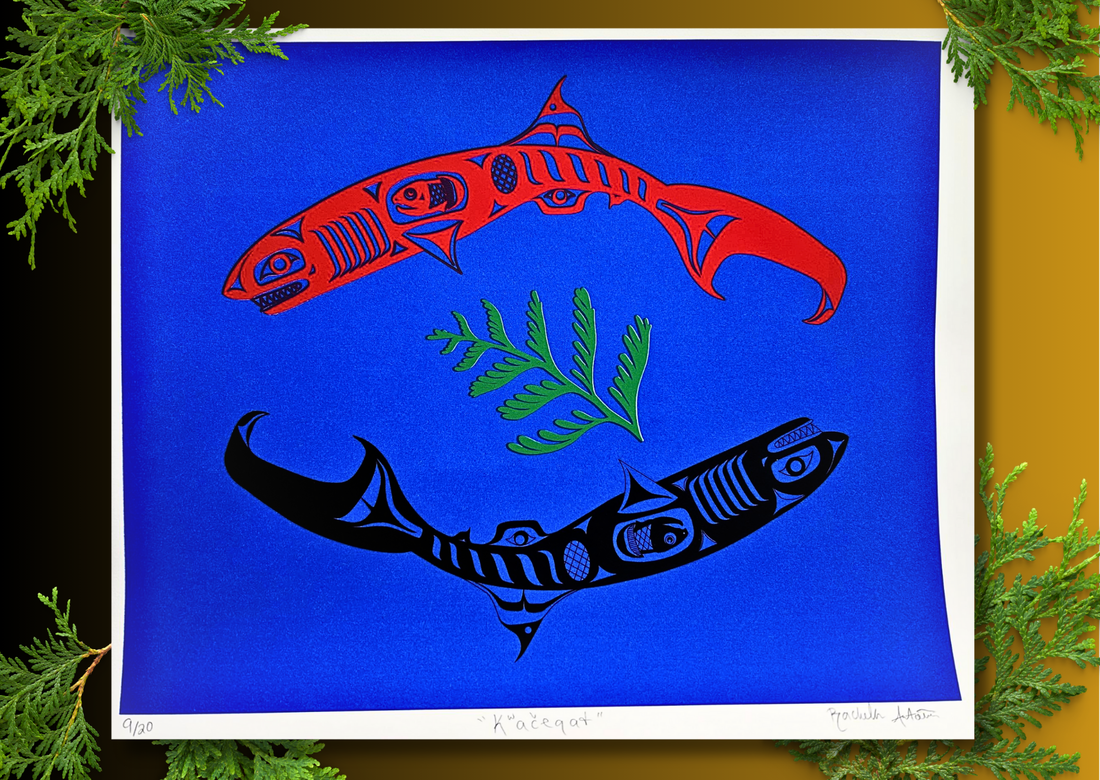
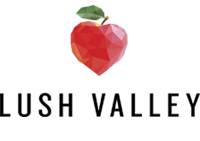
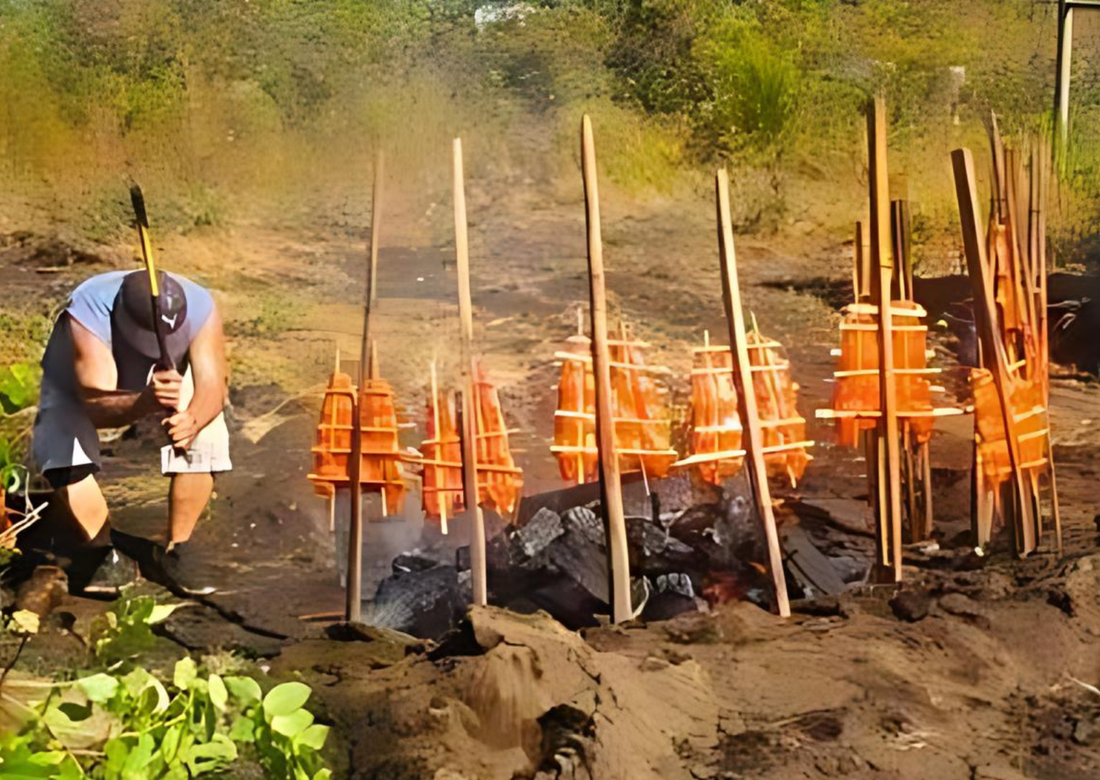
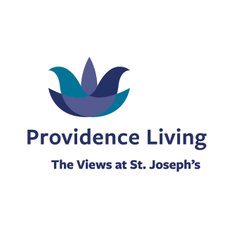
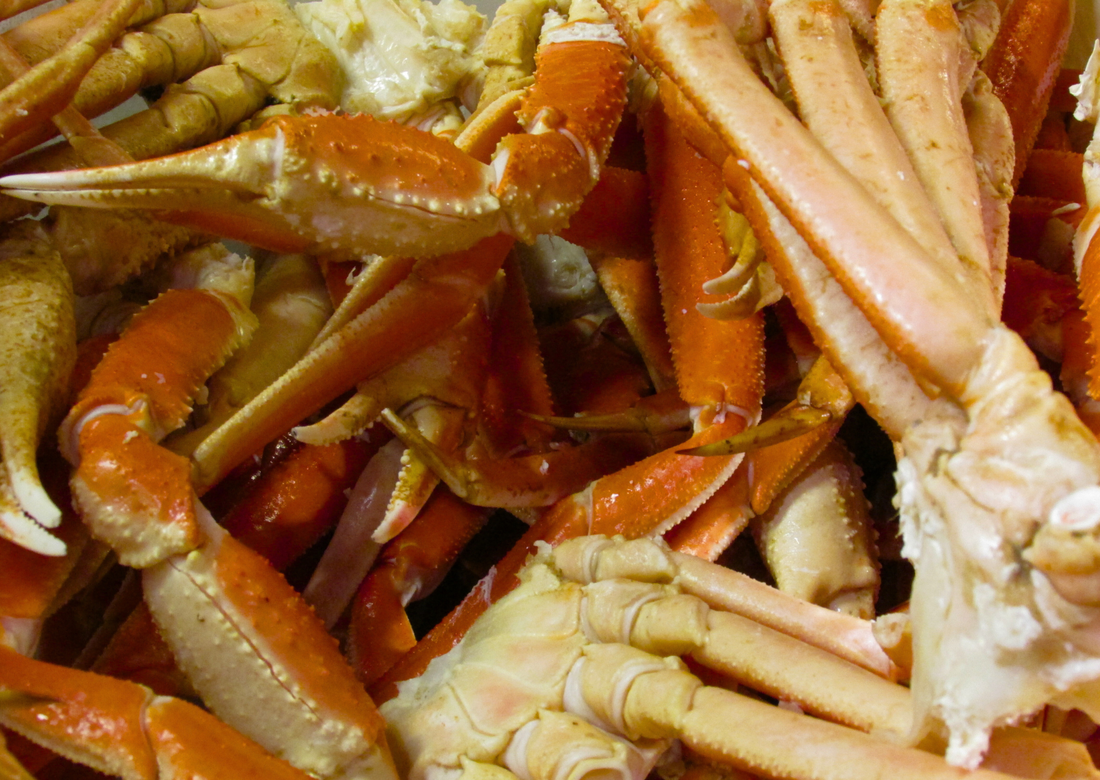

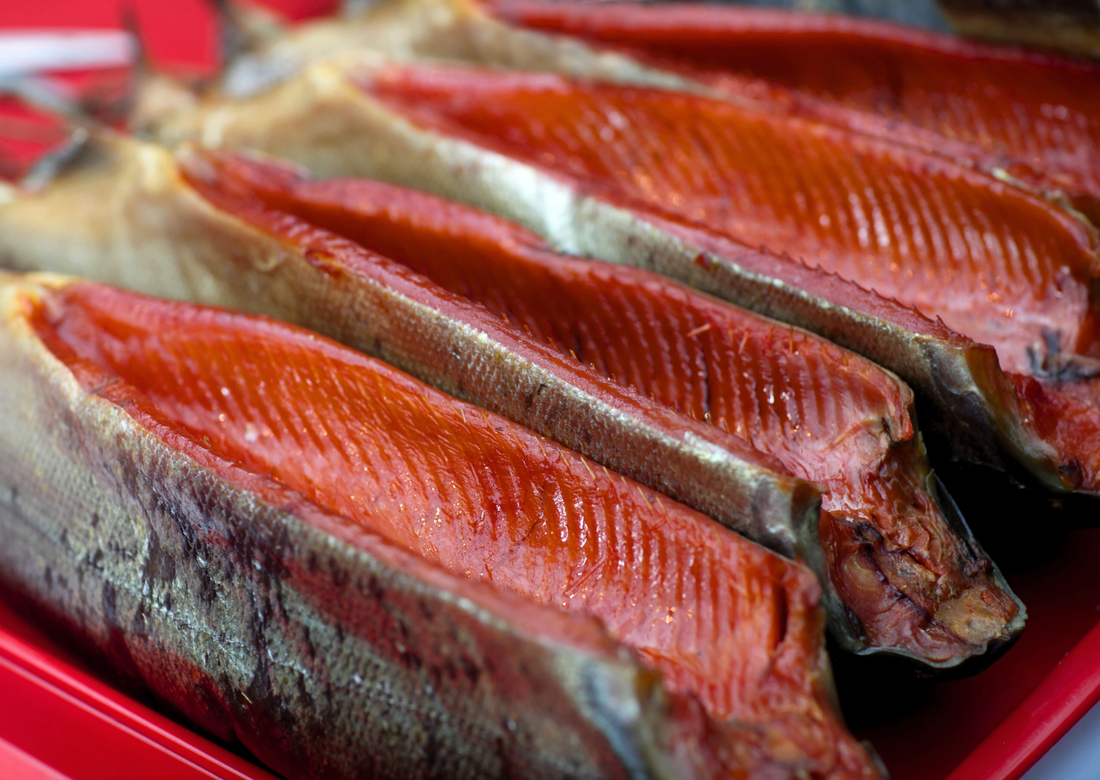
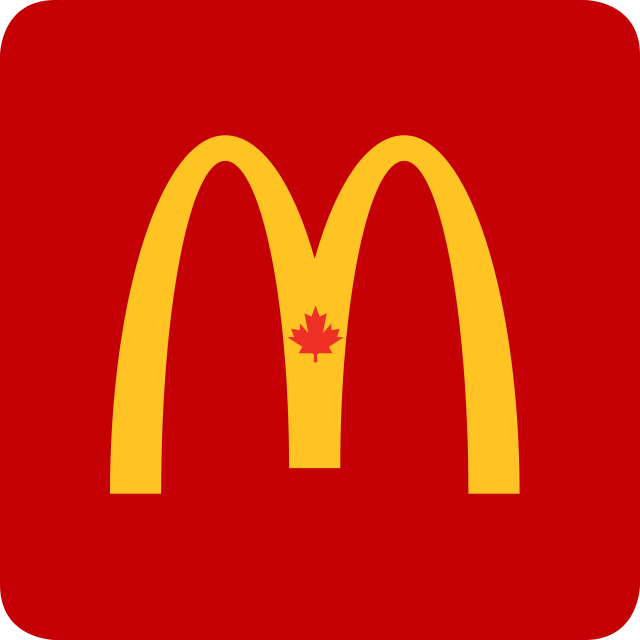
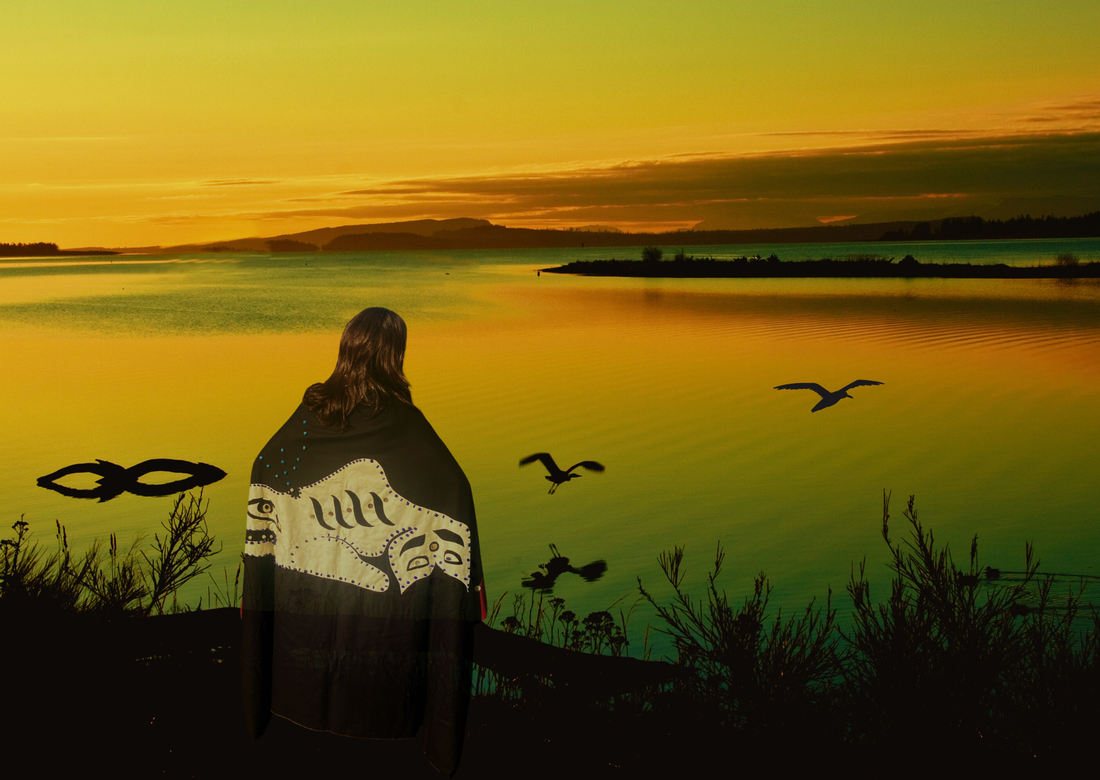
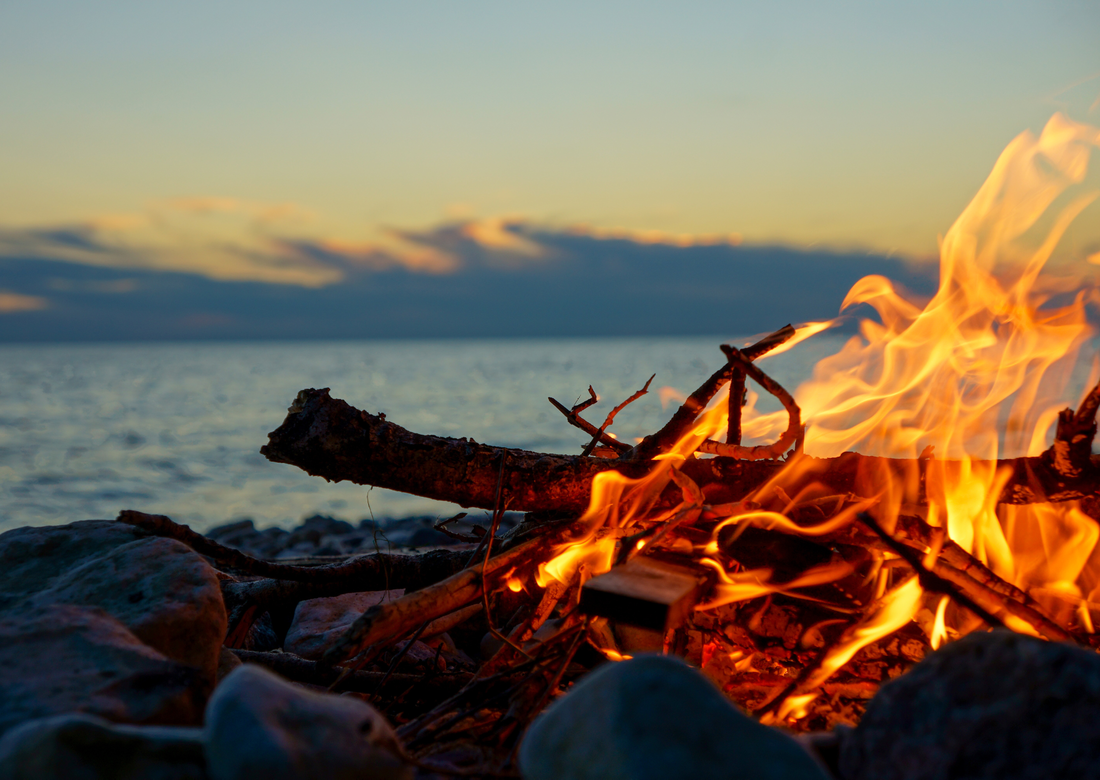
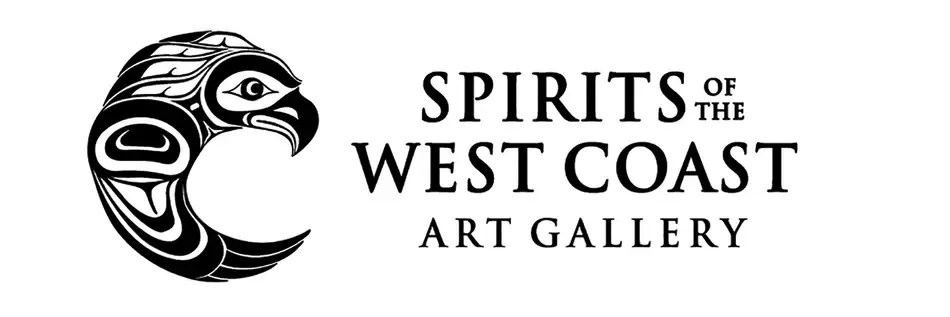

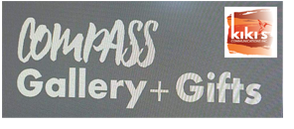
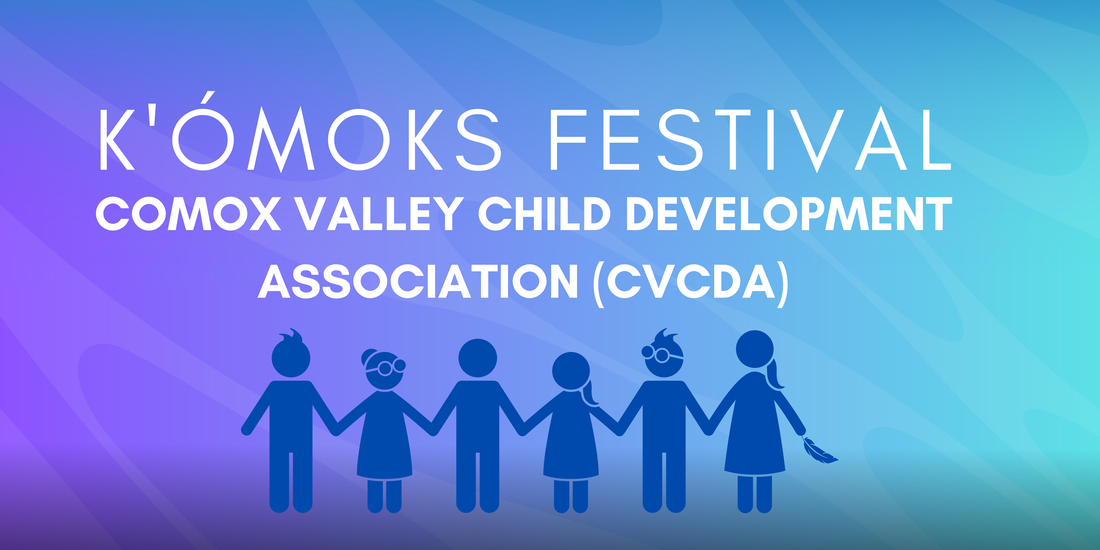

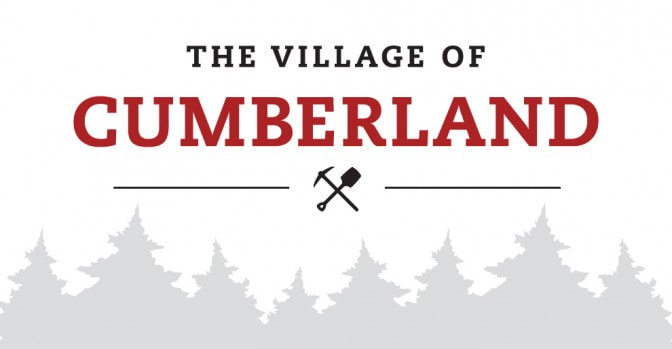
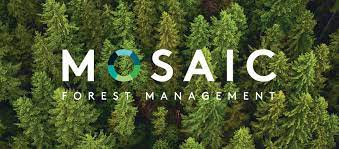
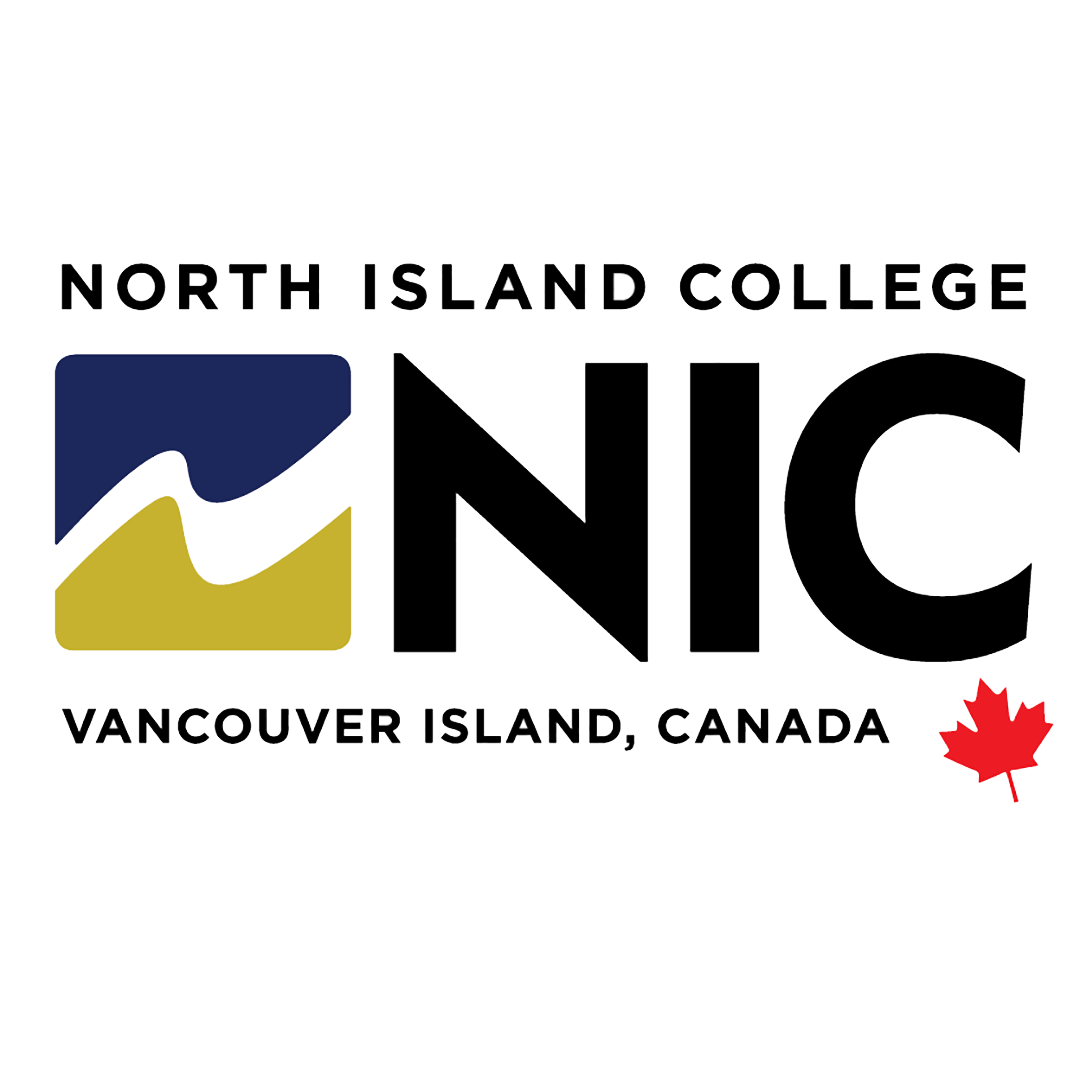

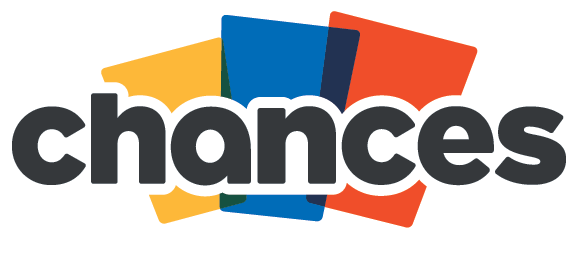
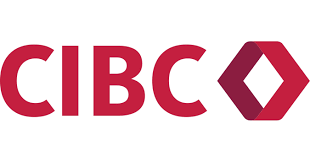
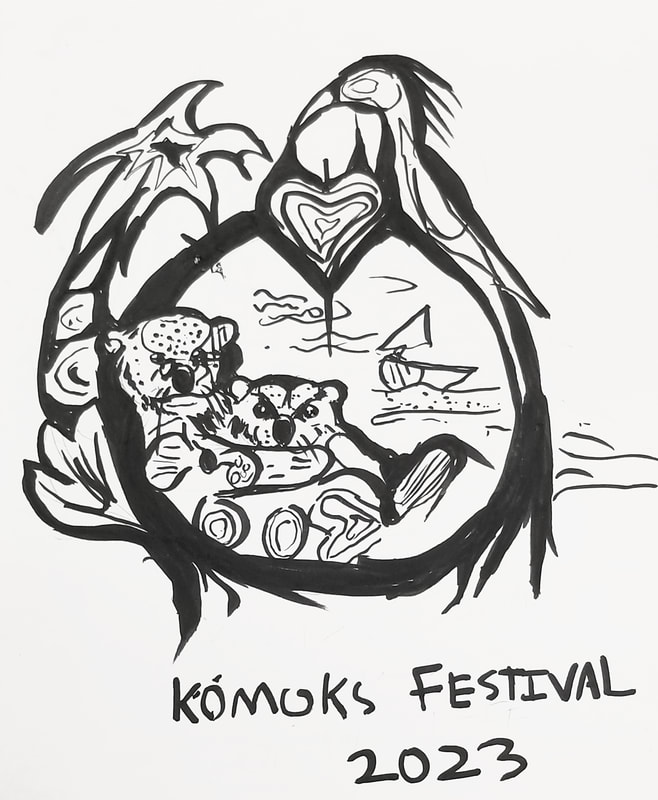
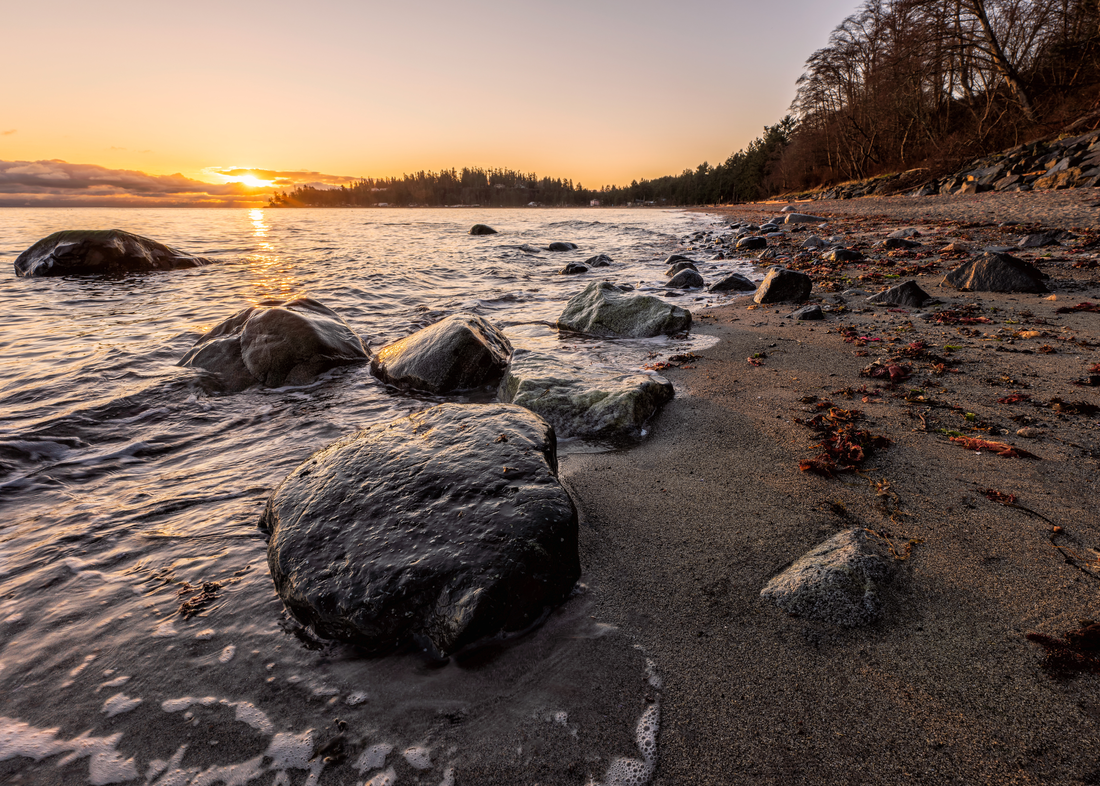
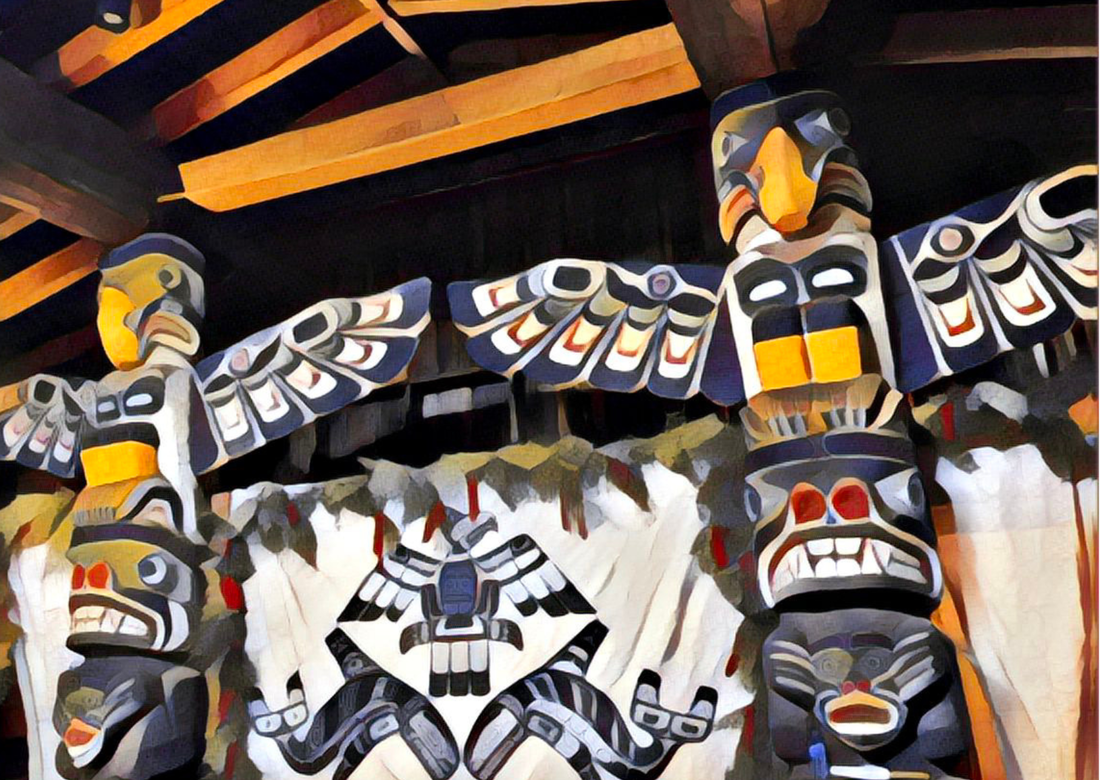
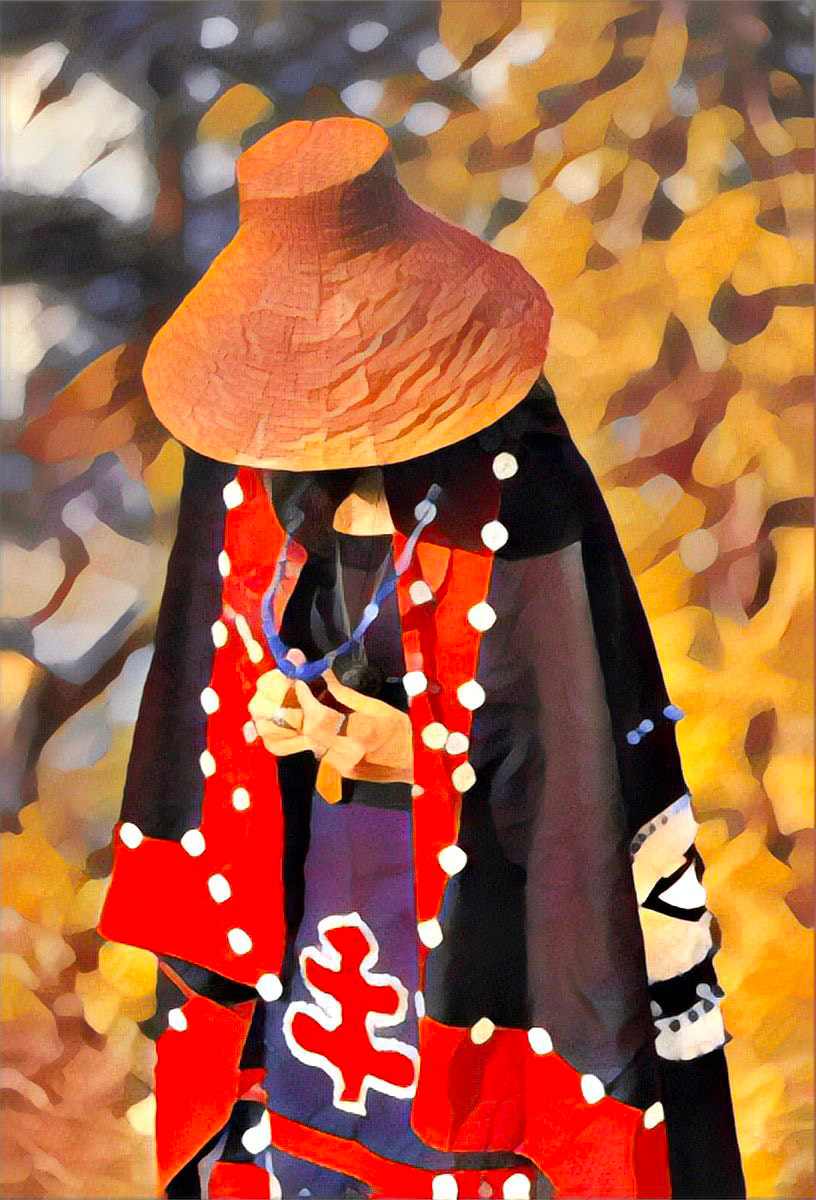
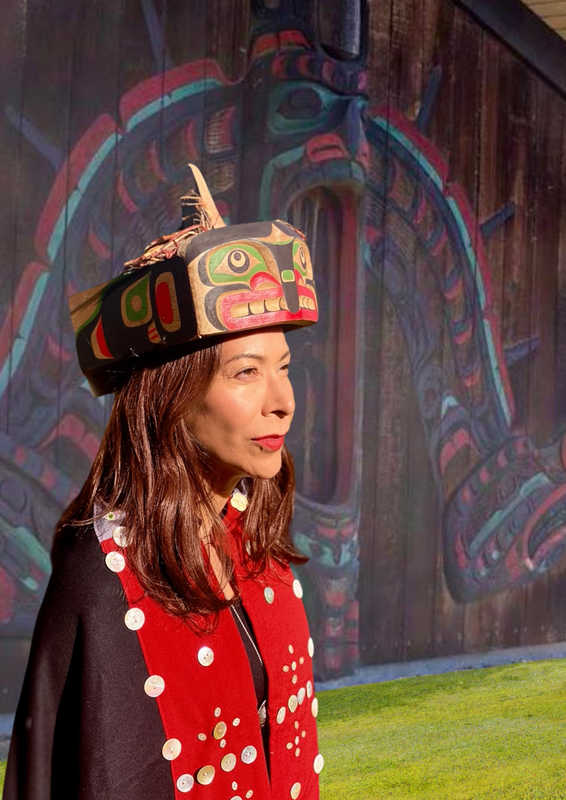
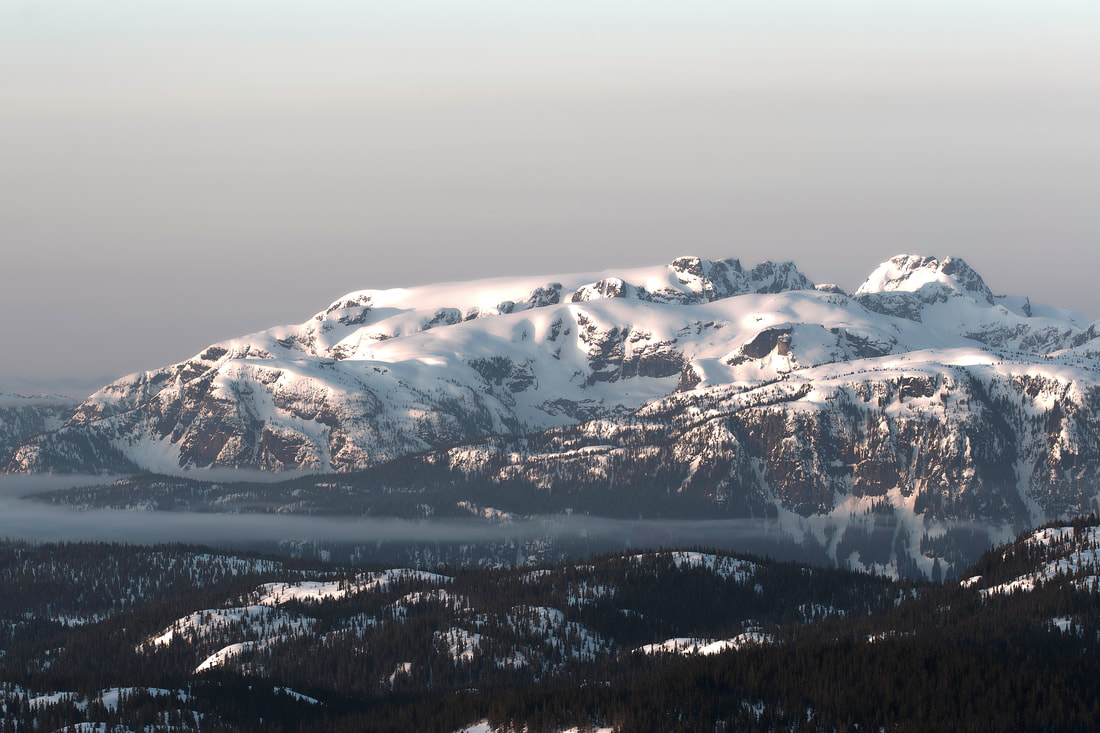
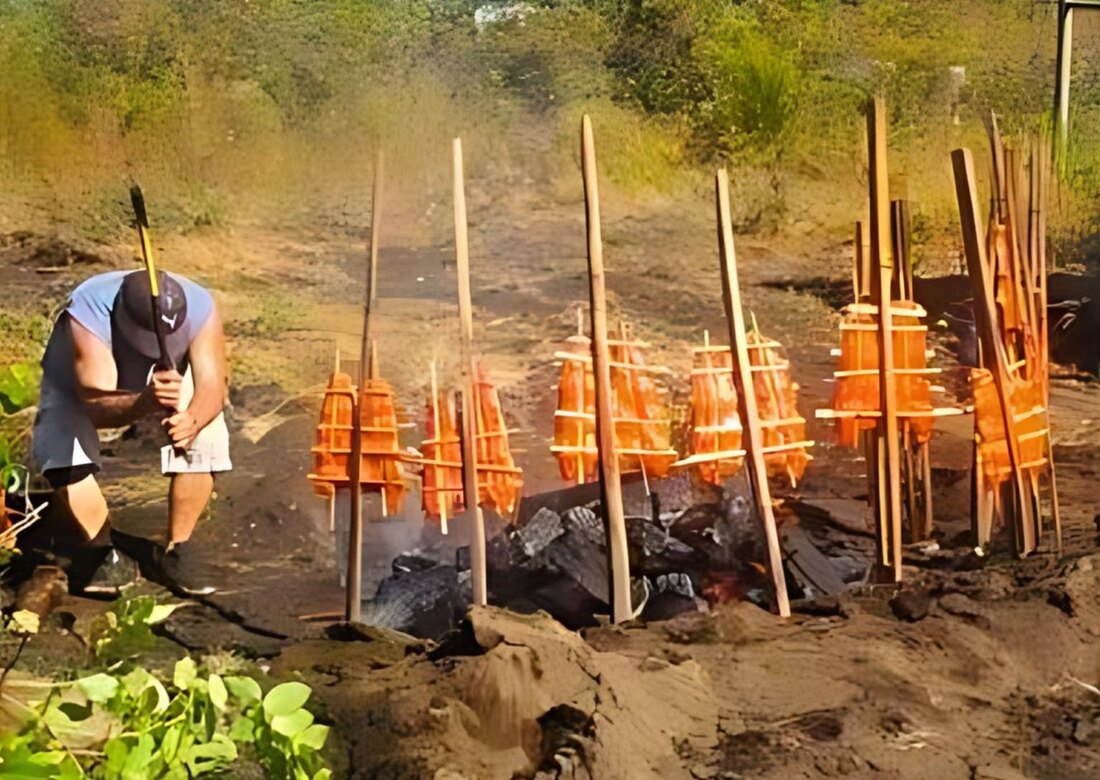

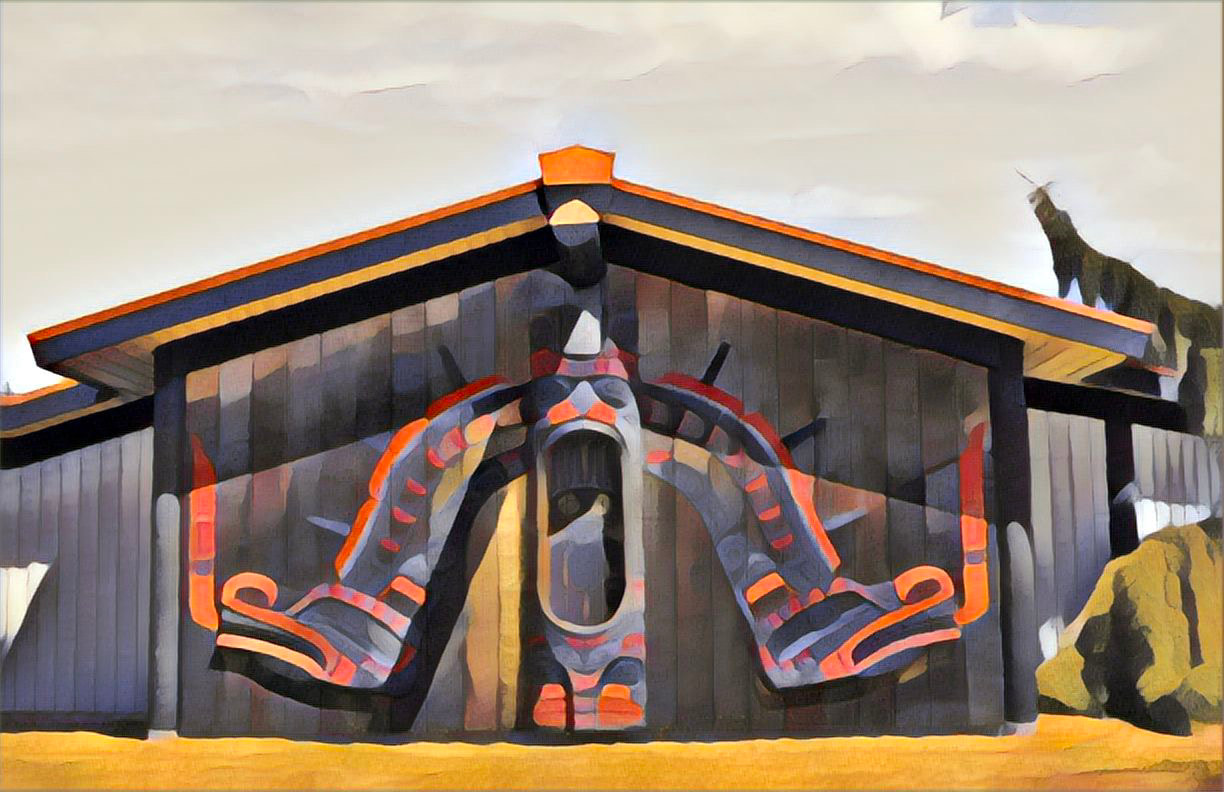
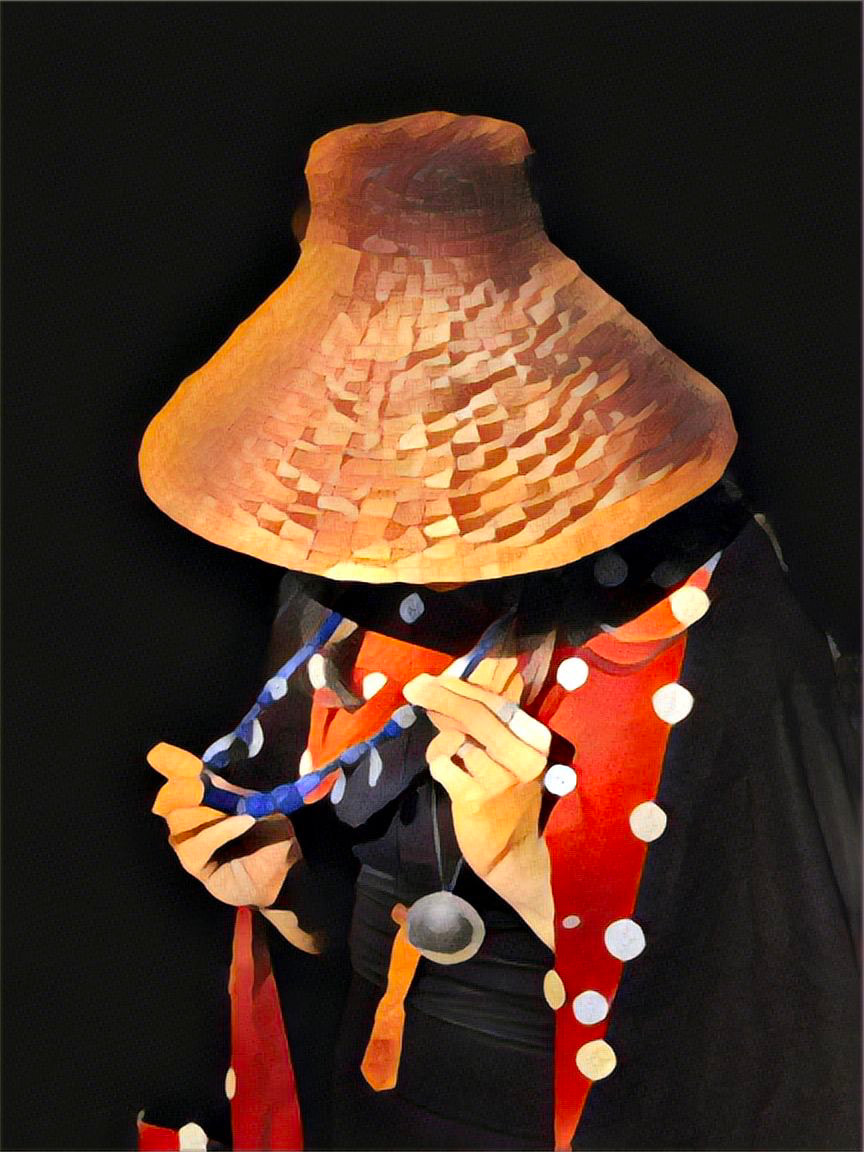
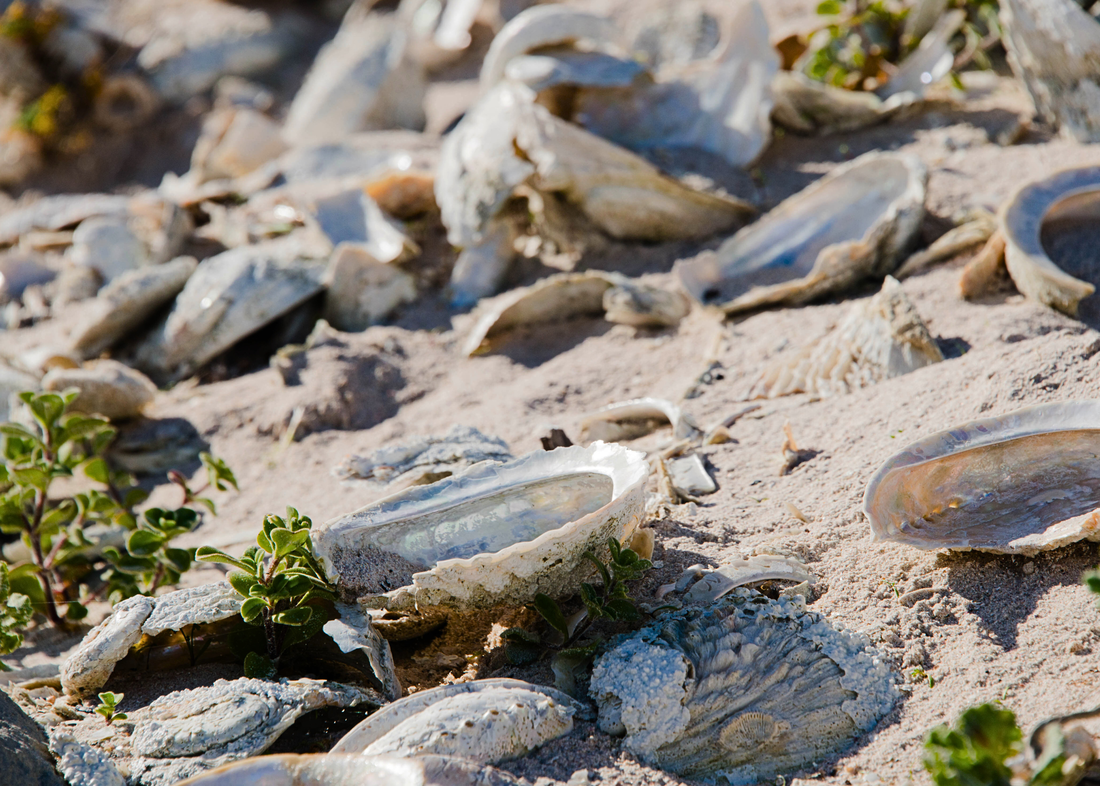
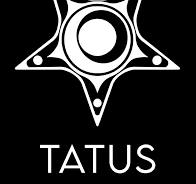
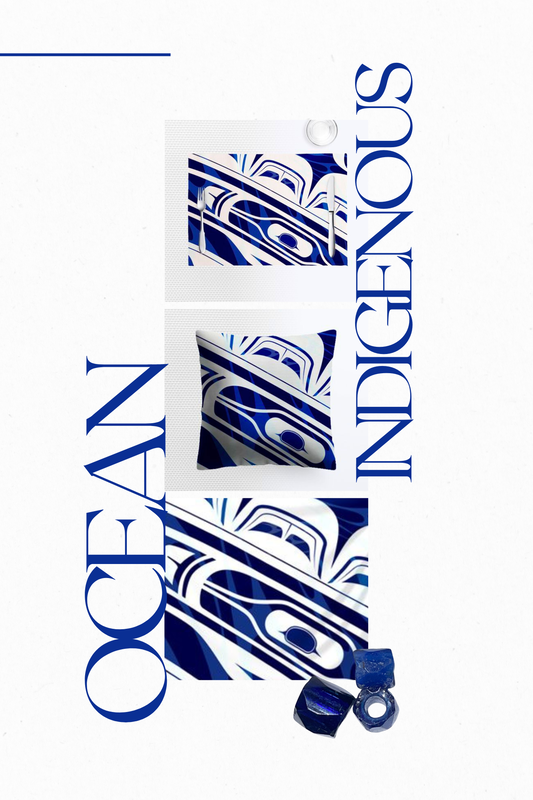
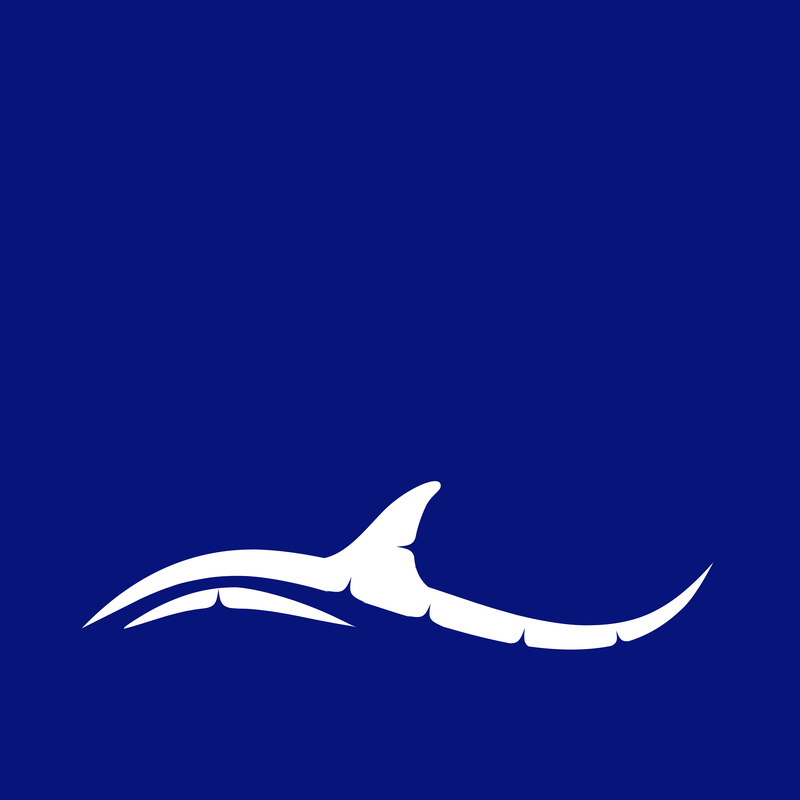

 RSS Feed
RSS Feed